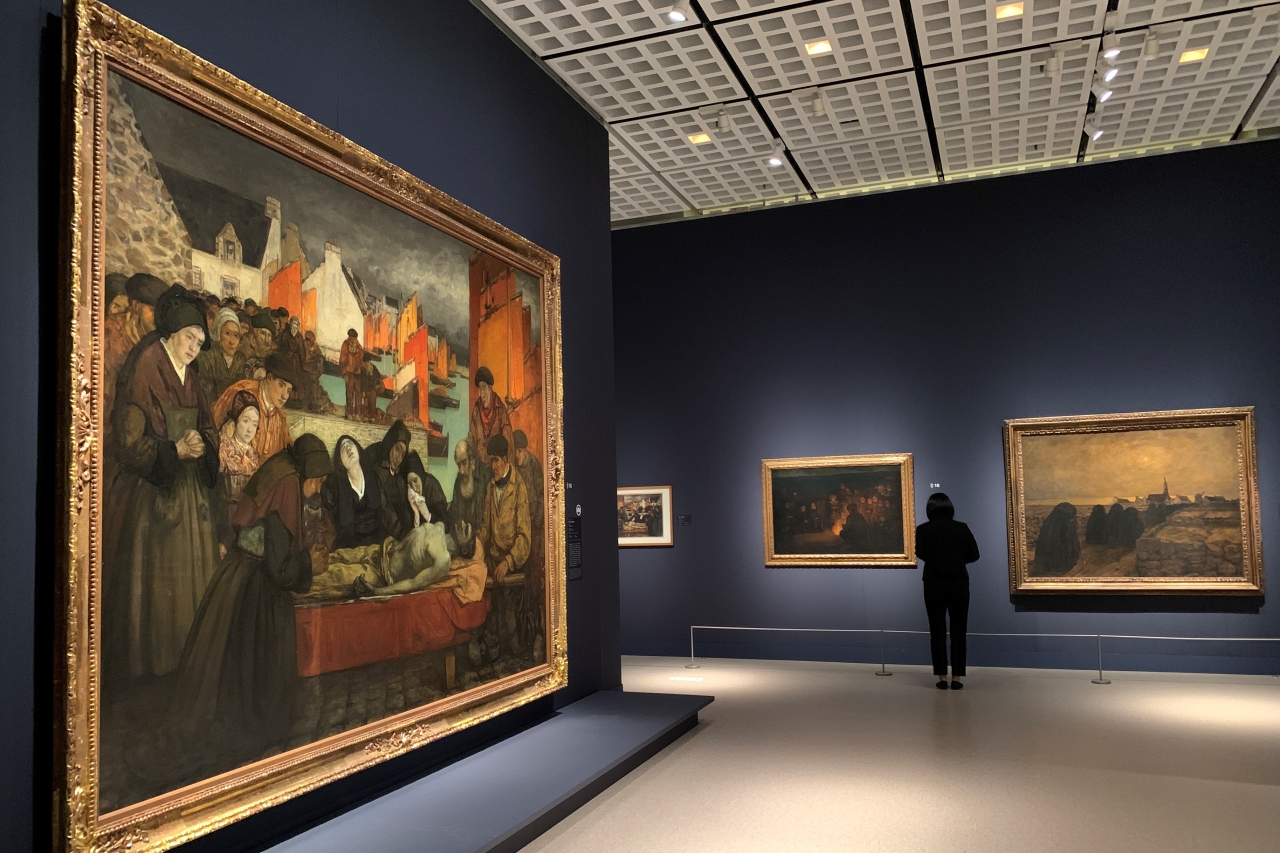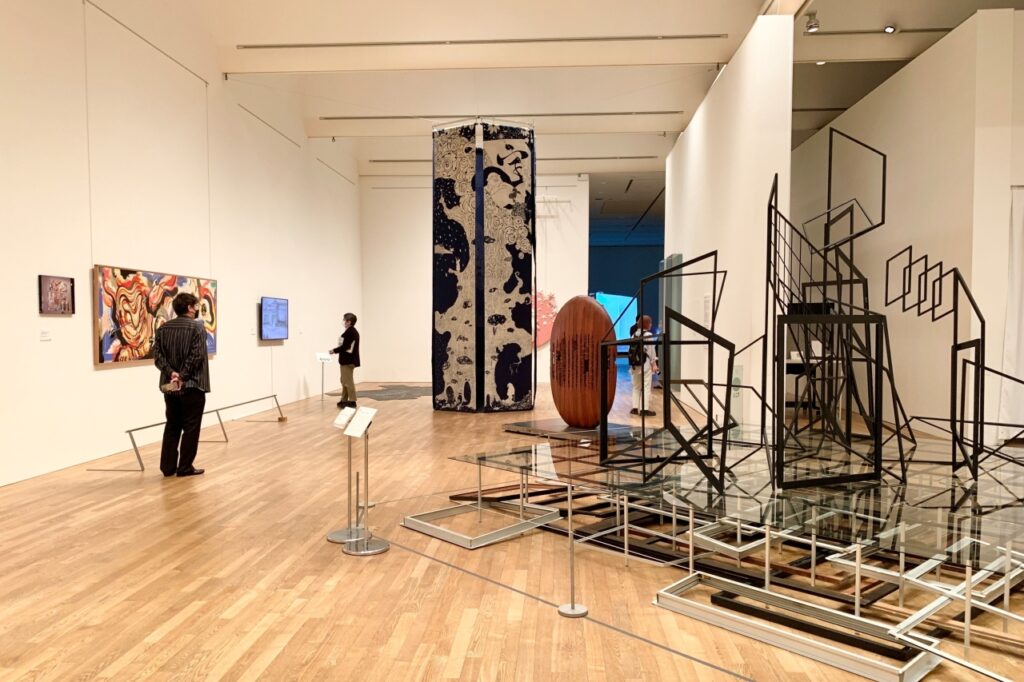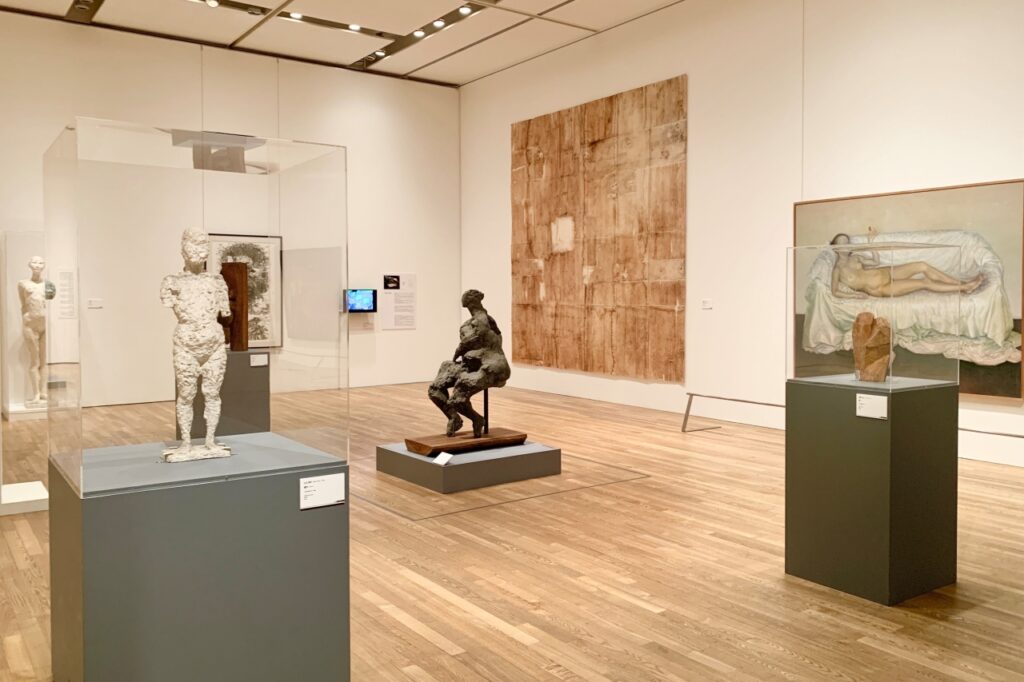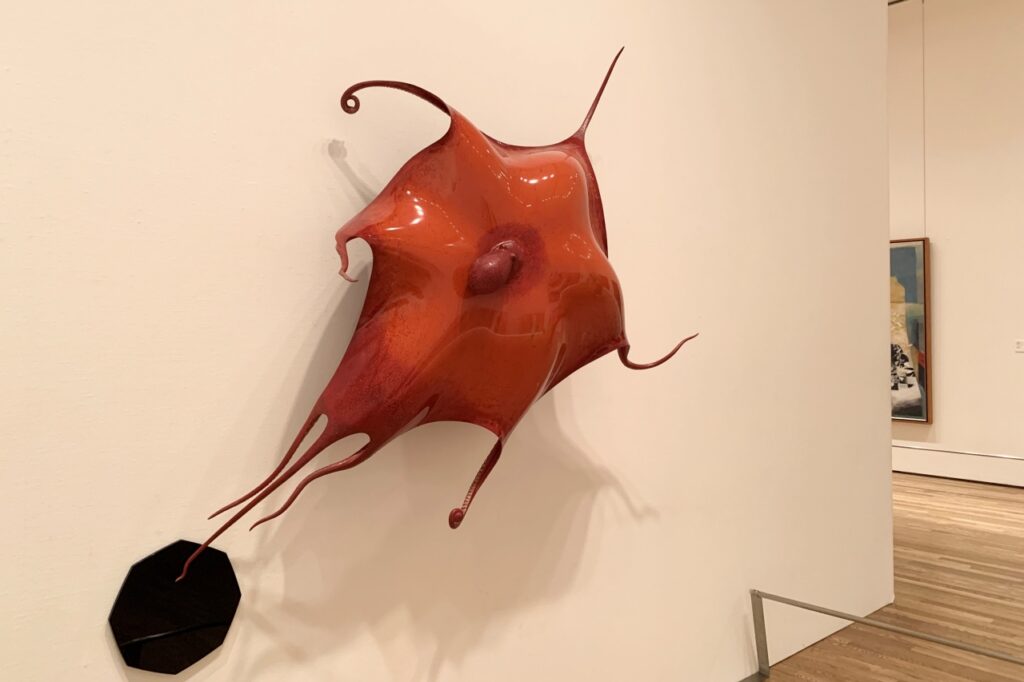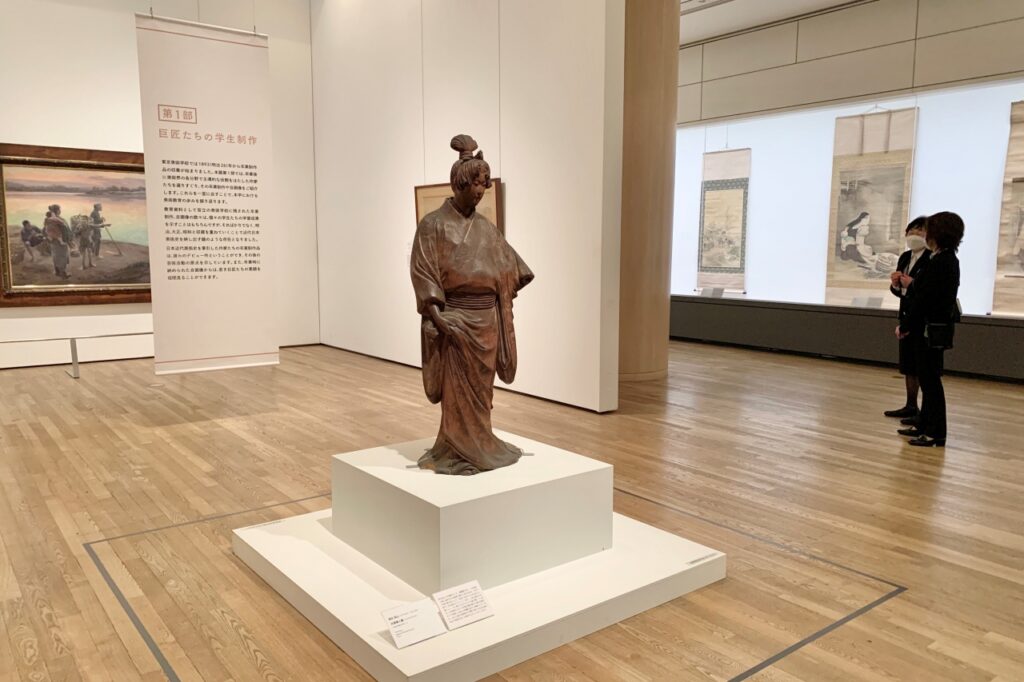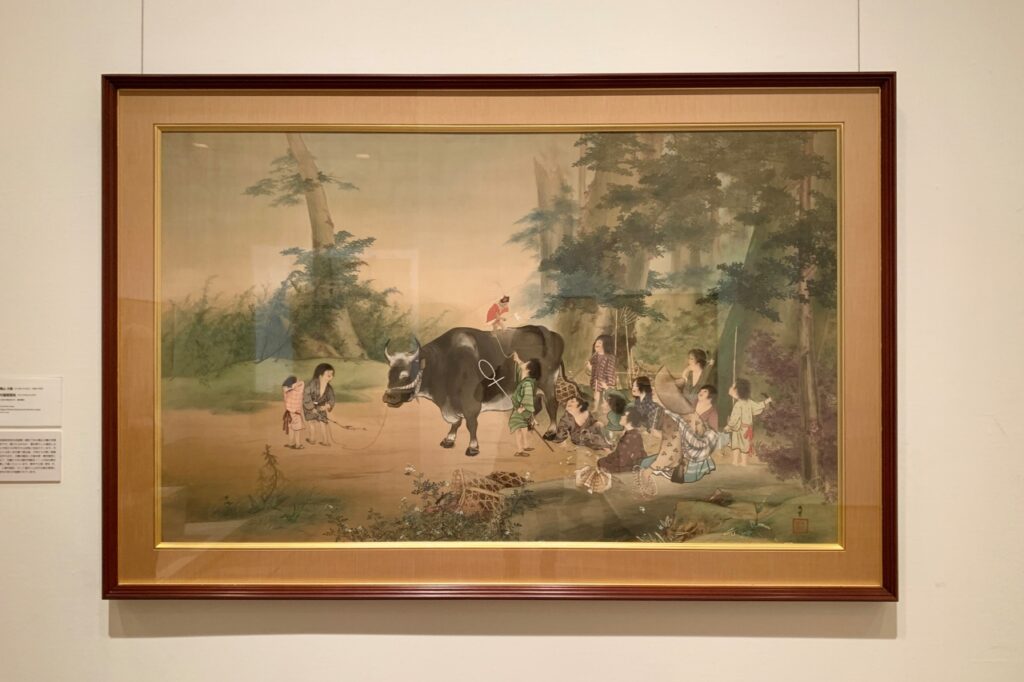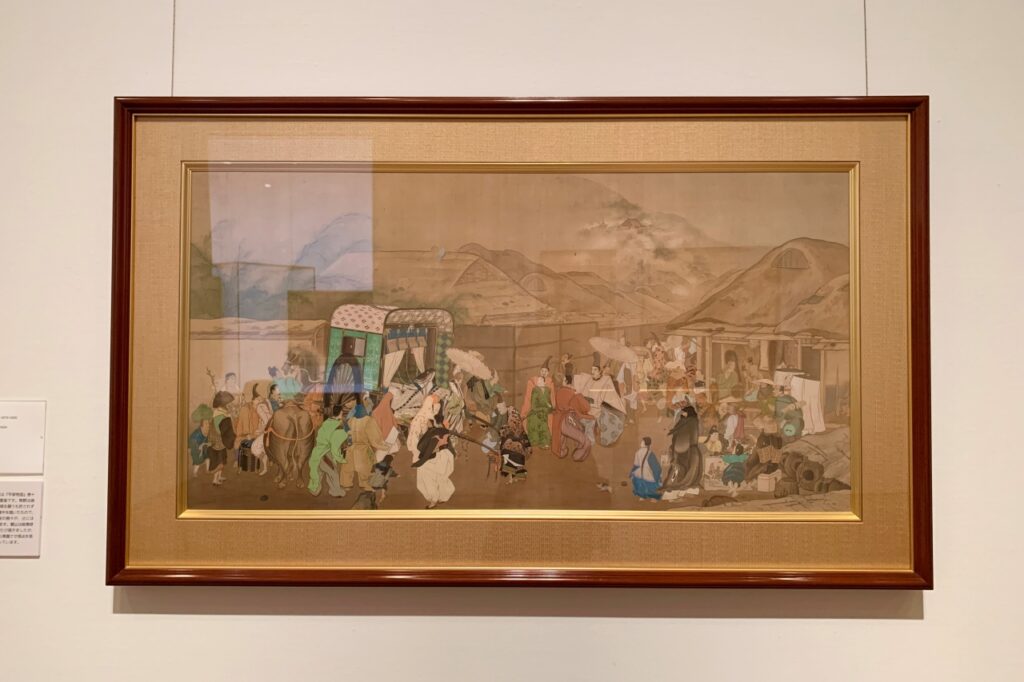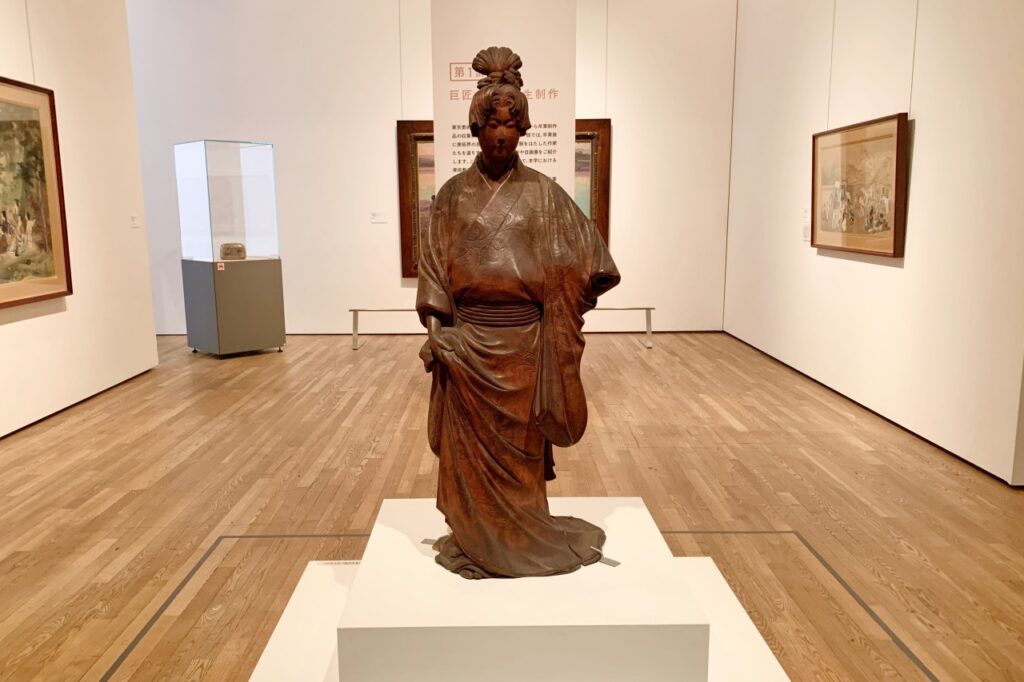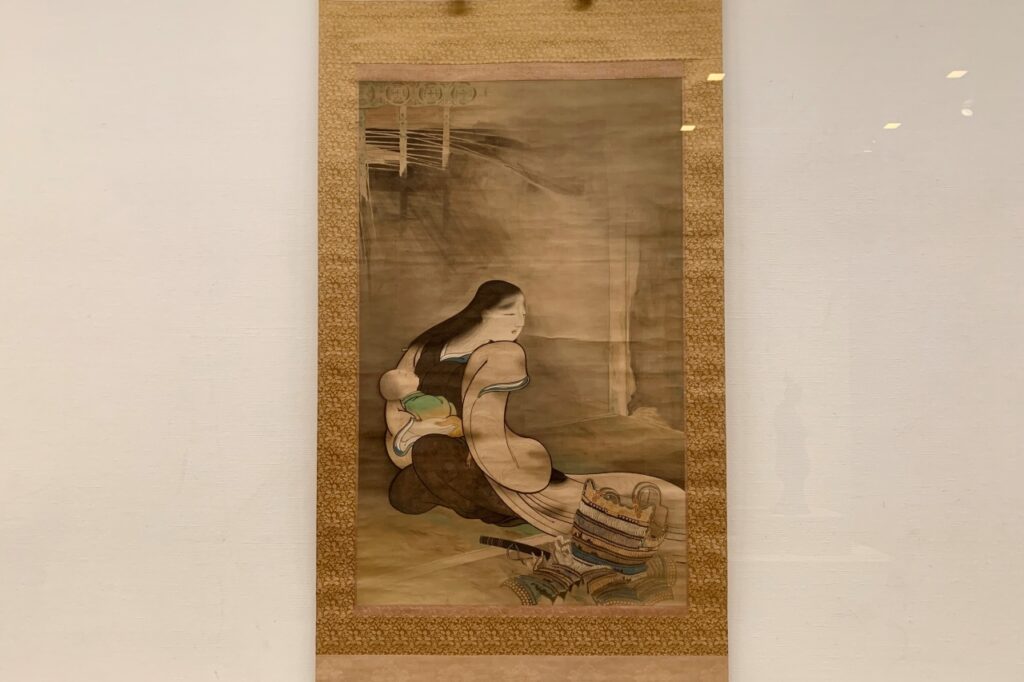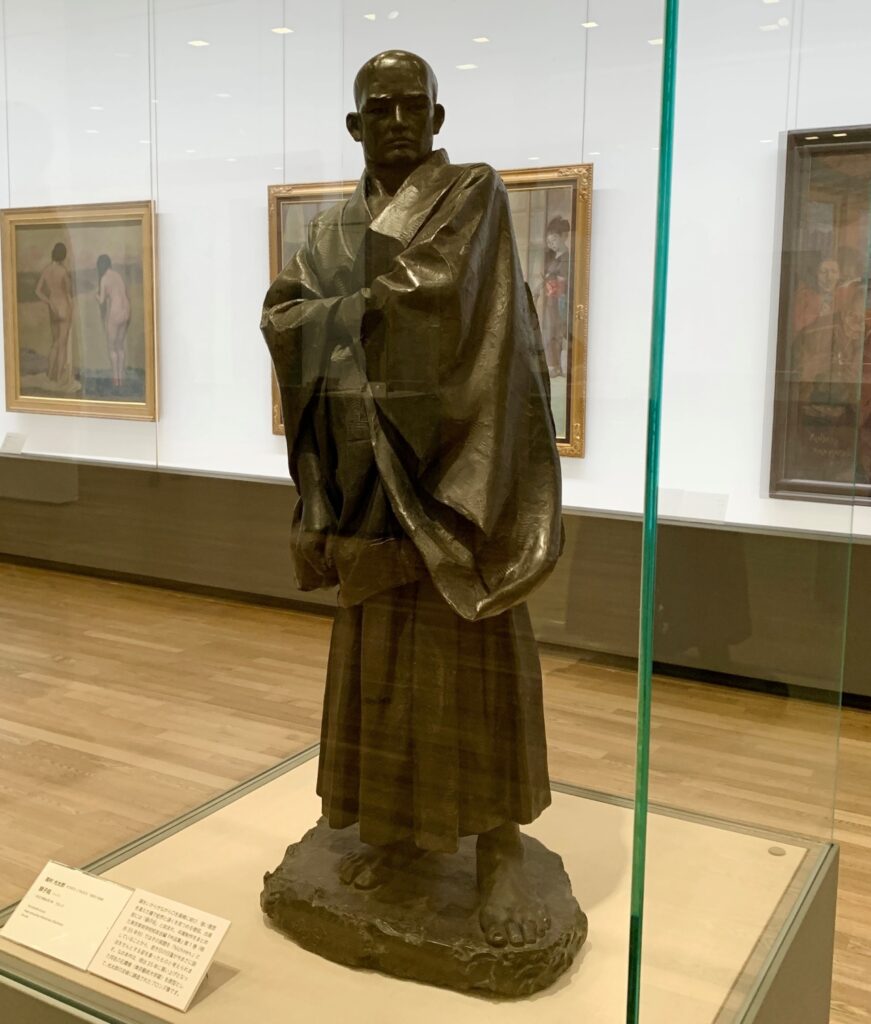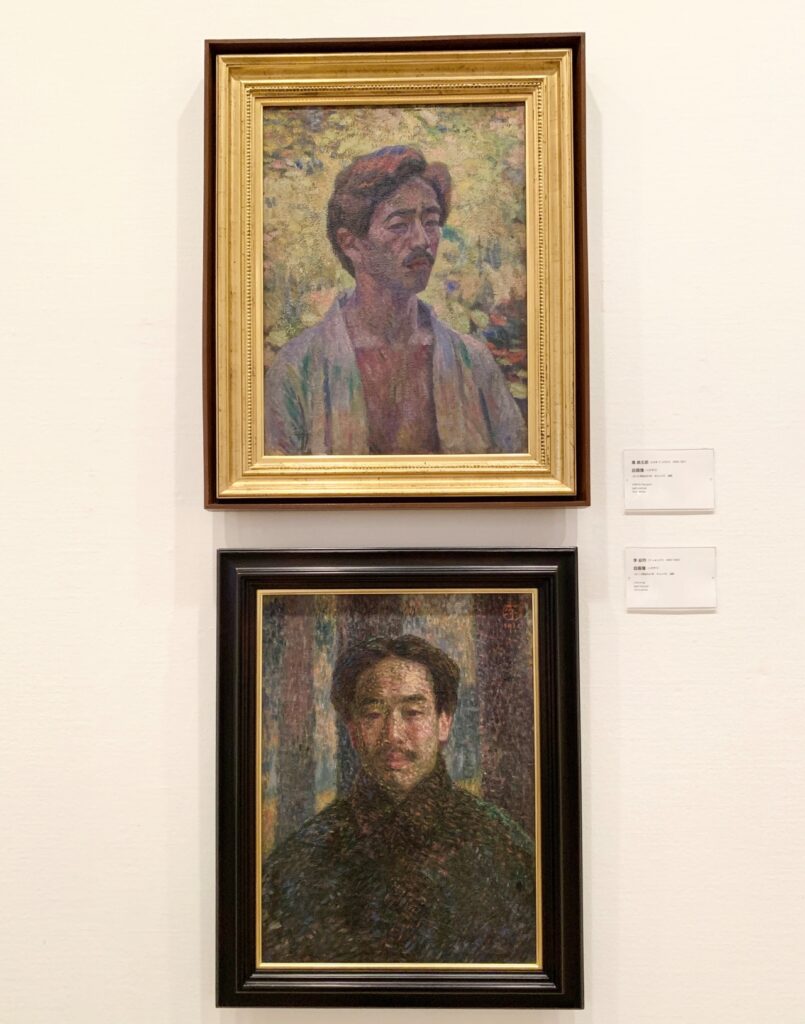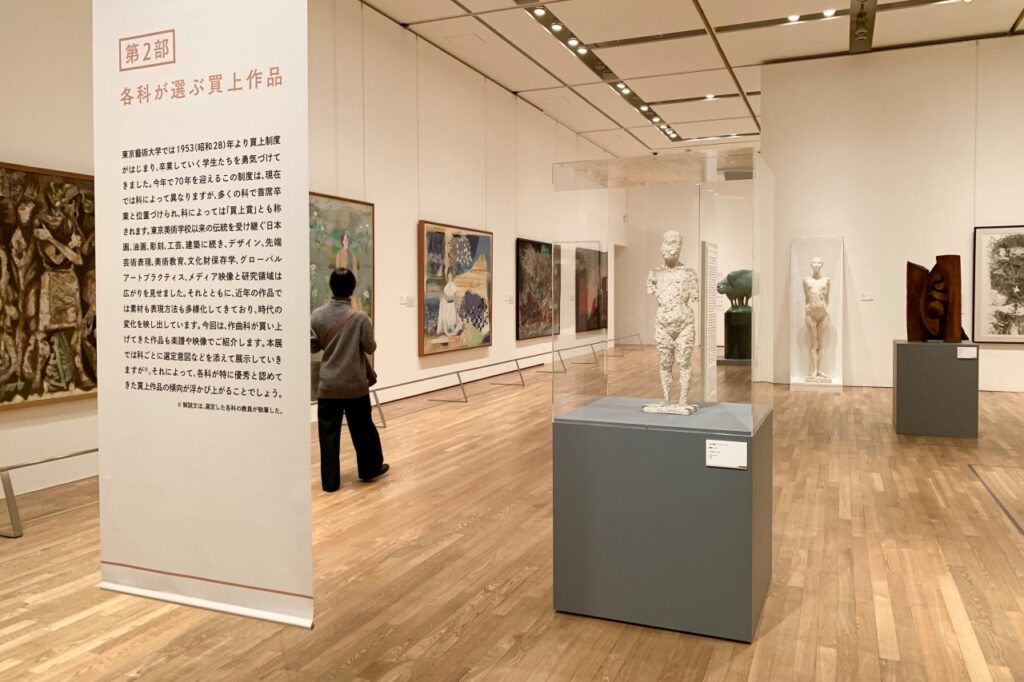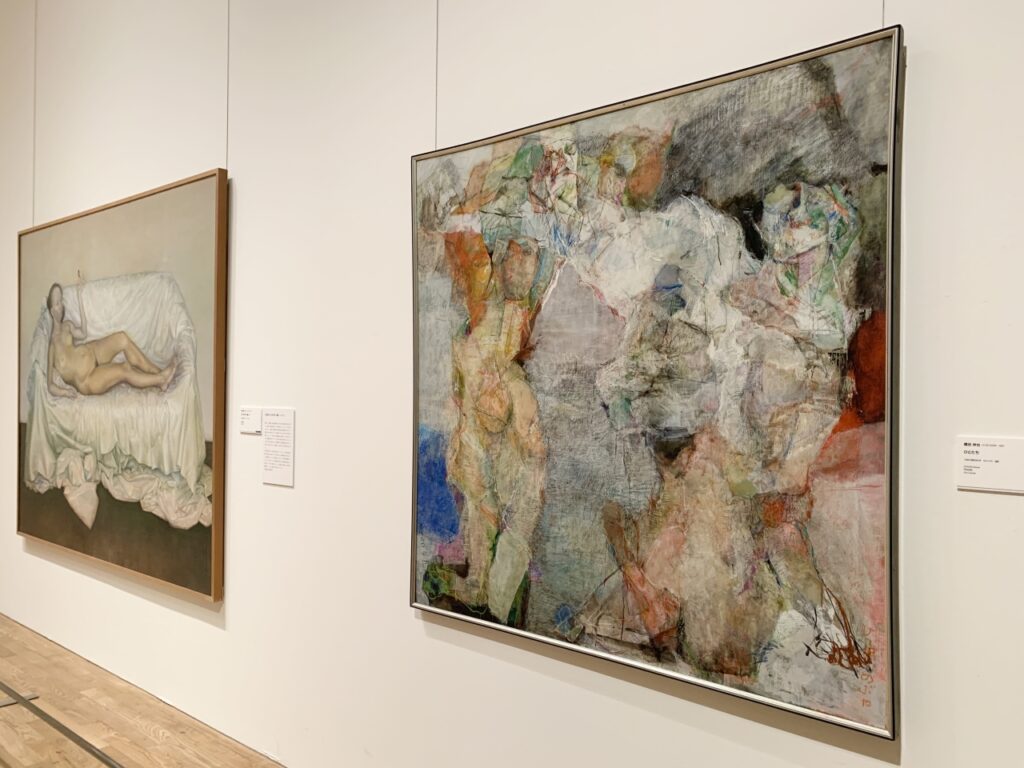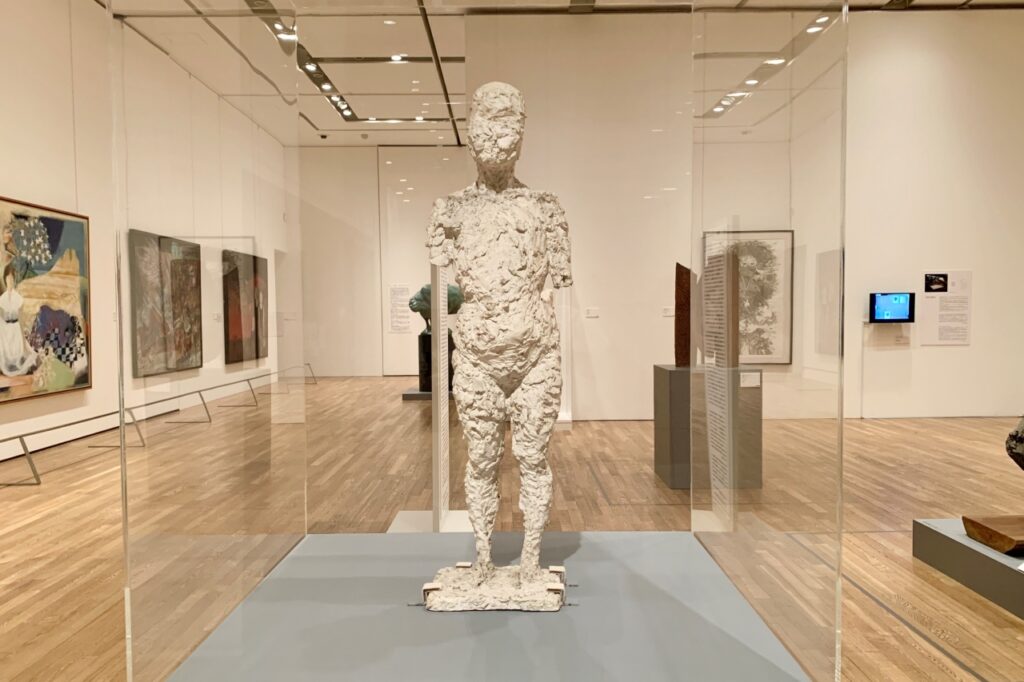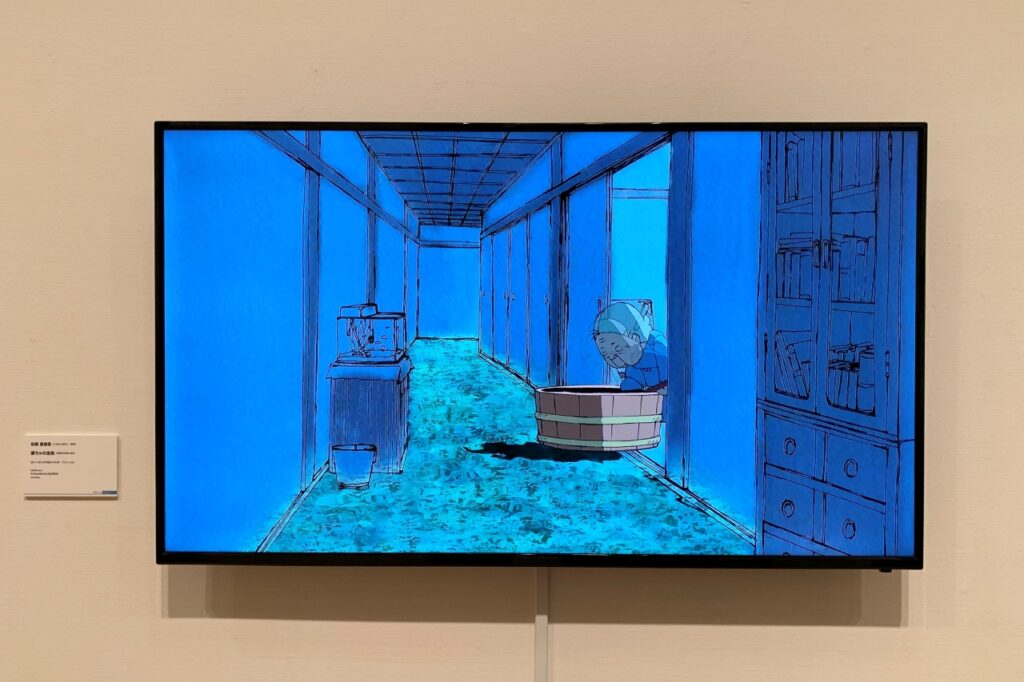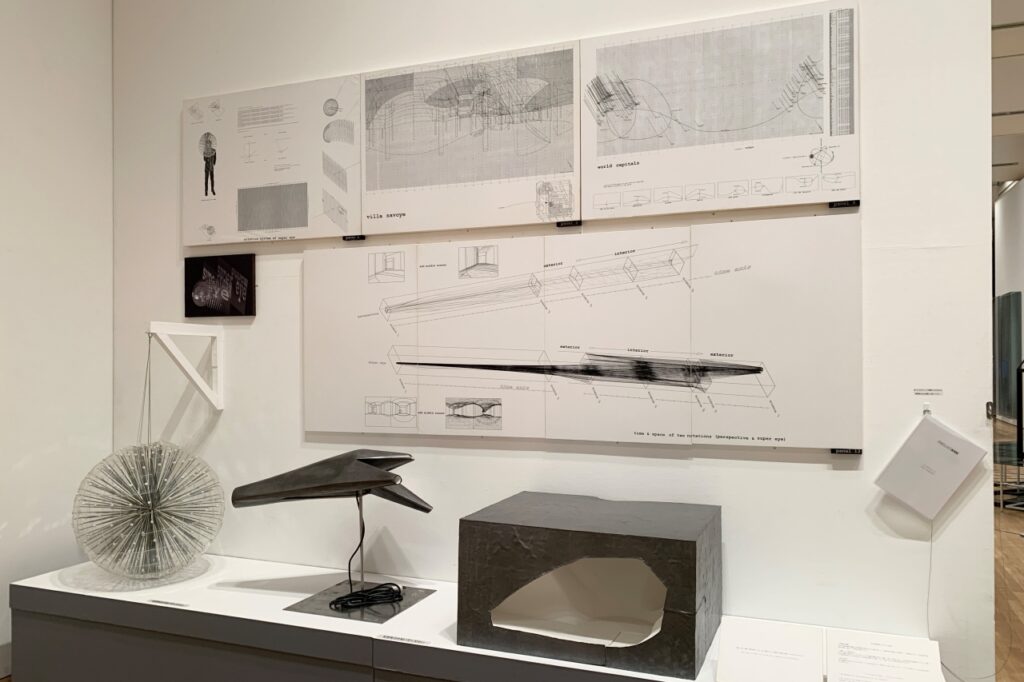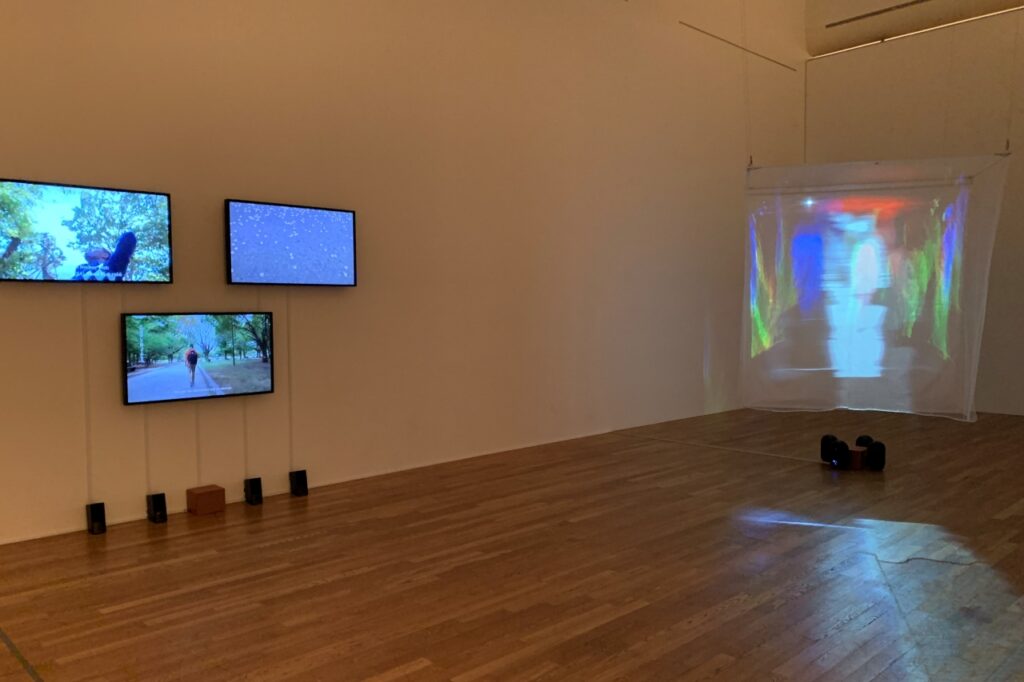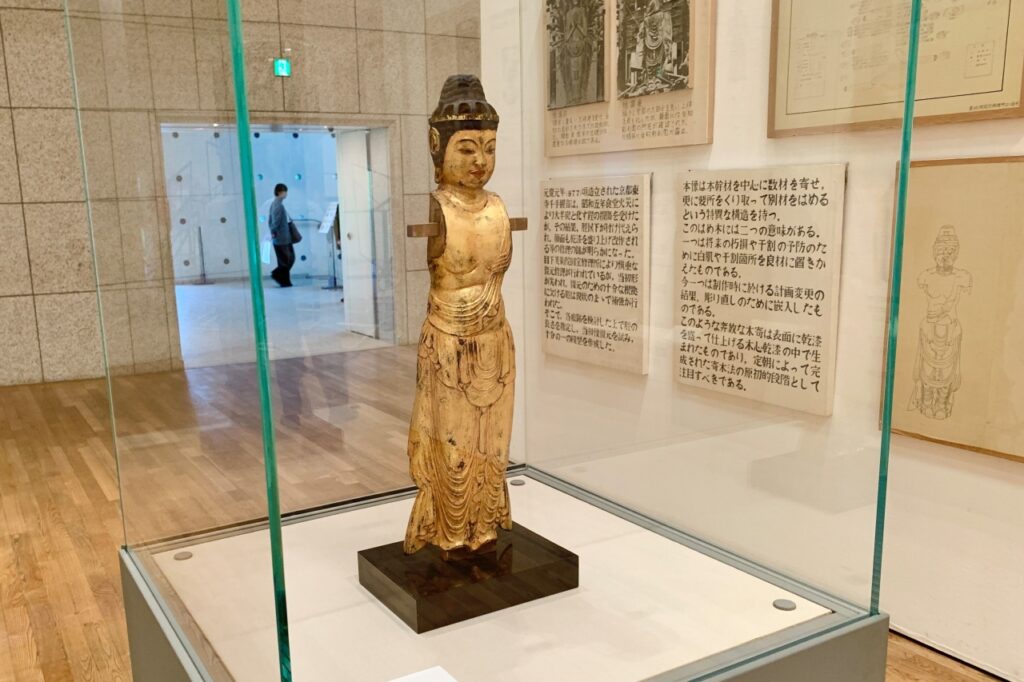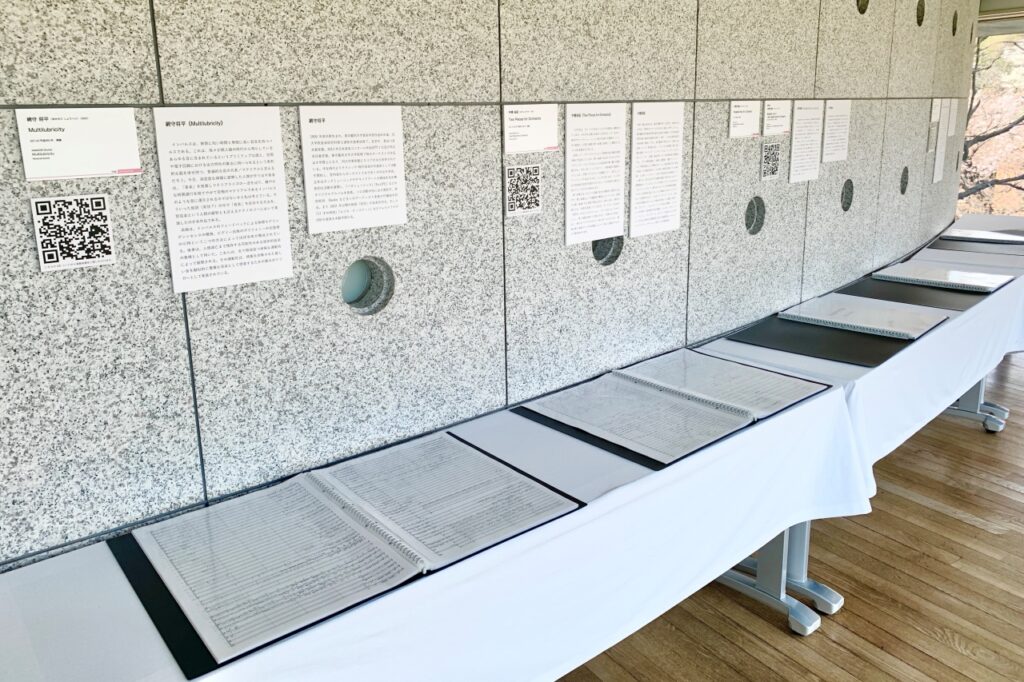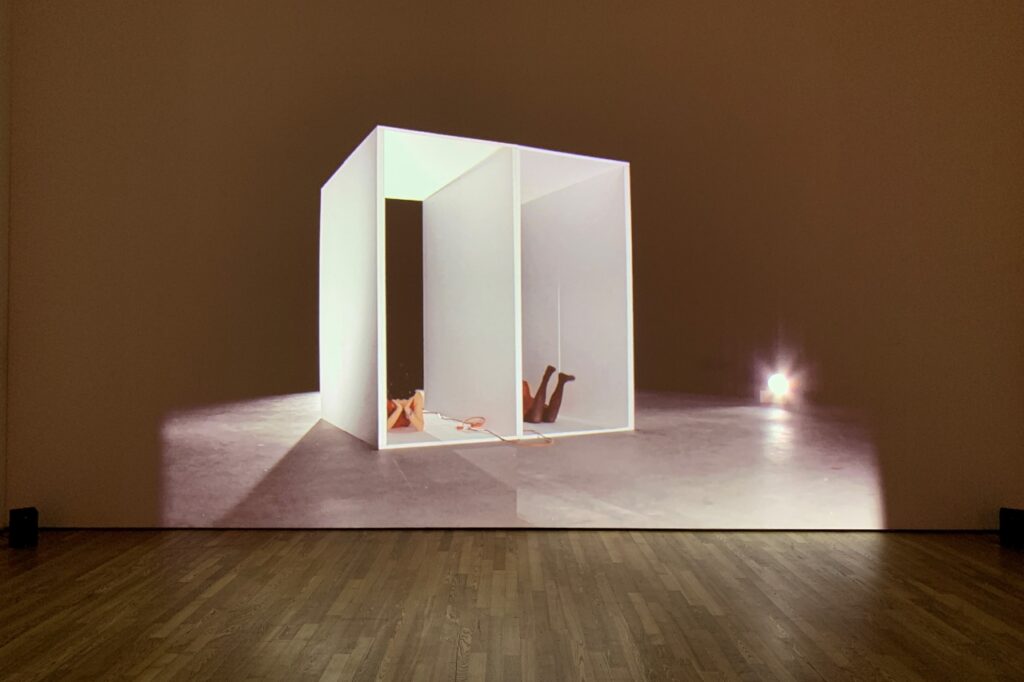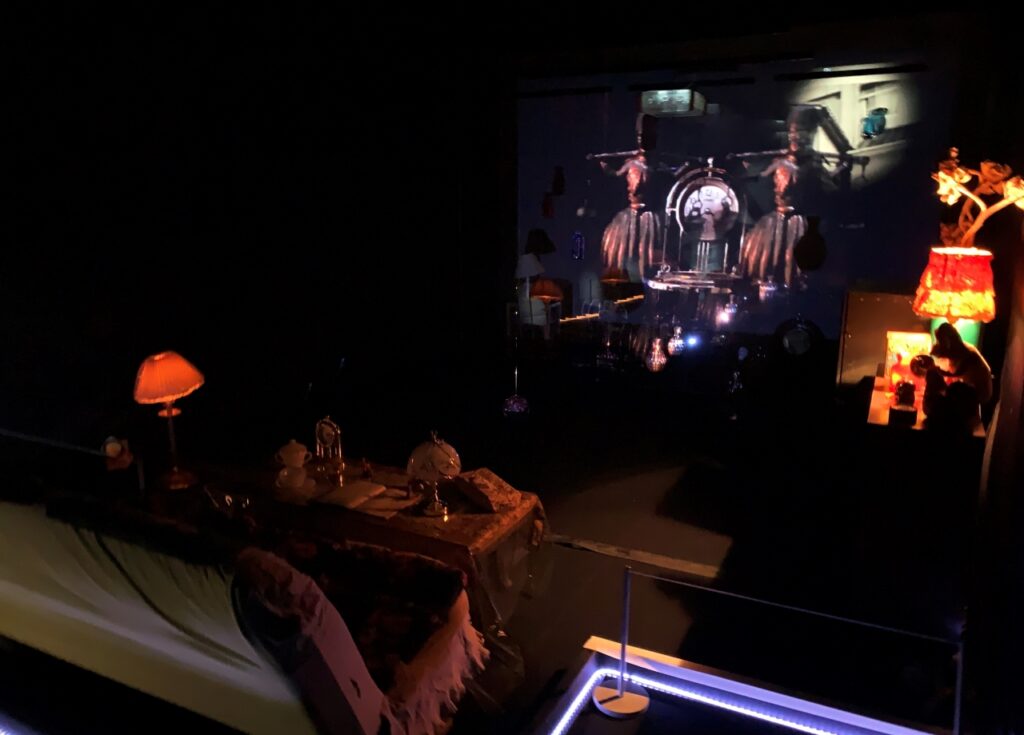National Museum of Western Art
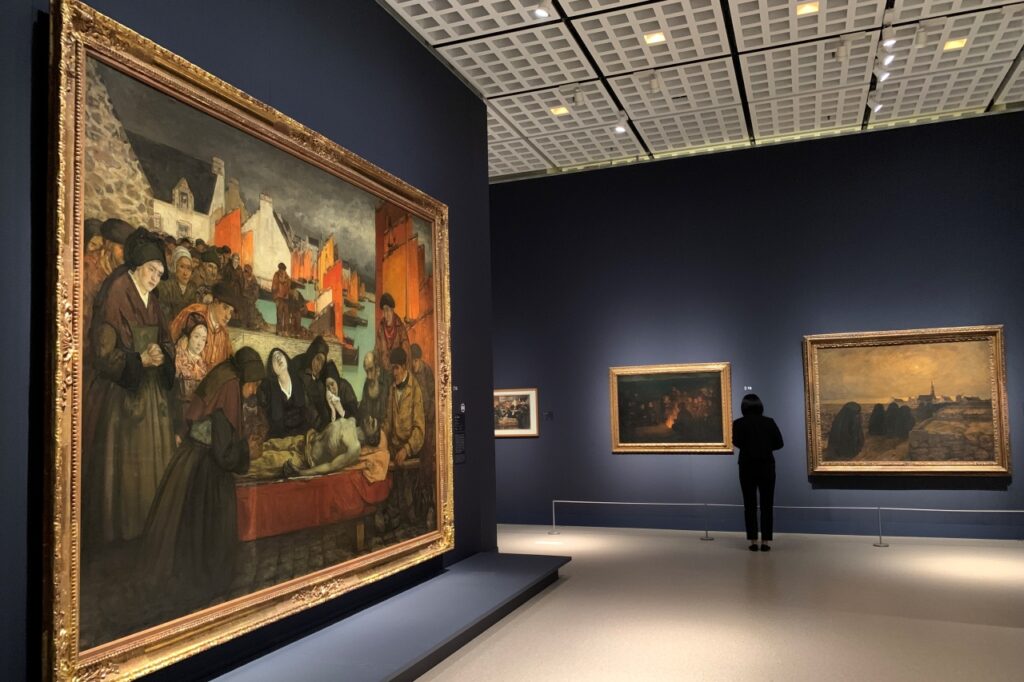
From the late 19th century to the 20th century, painters from around the world visited the Brittany region in northwestern France to work on their works. The exhibition “Brittany, the land of admiration – A foreign land seen by Monet, Gauguin, Seiki Kuroda, etc.” will be held at the National Museum of Western Art in Ueno, Tokyo. It’s inside.
The exhibition will be held from Saturday, March 18, 2023 to Sunday, June 11, 2023.
Since I participated in the press preview, I will report on the state of the venue.
*The content of the article is as of the interview date (March 17, 2023). Please check the official website for the latest information.
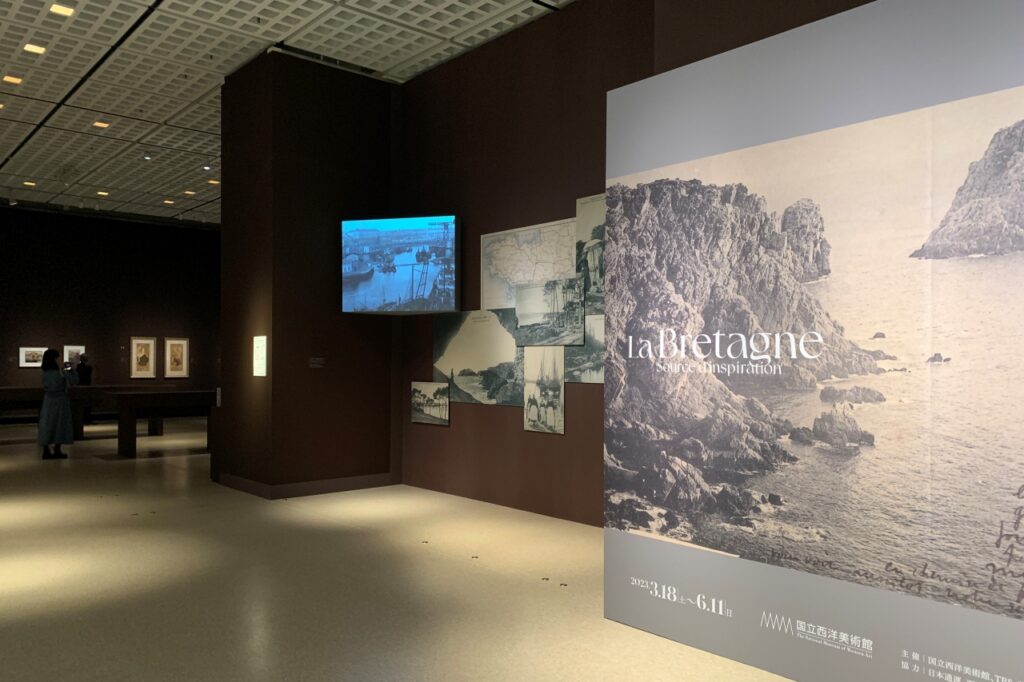
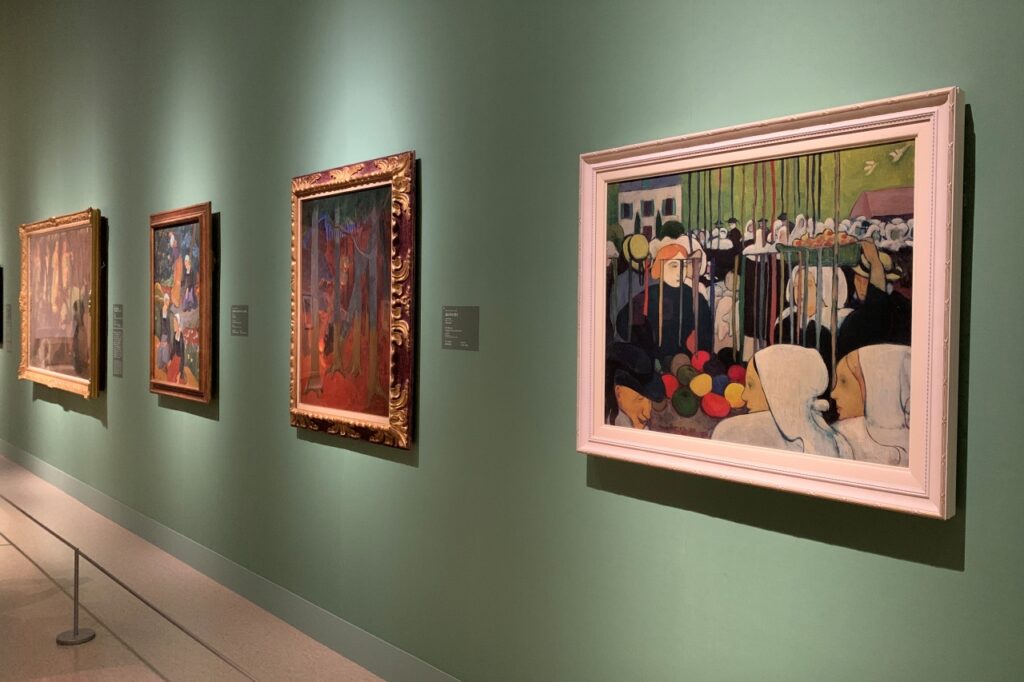
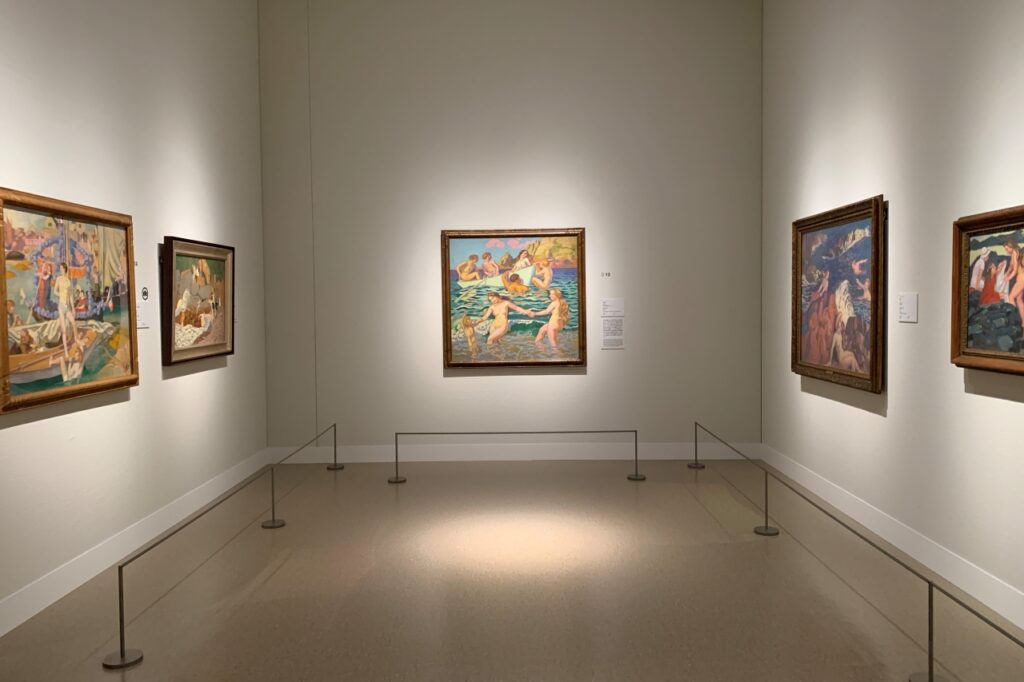
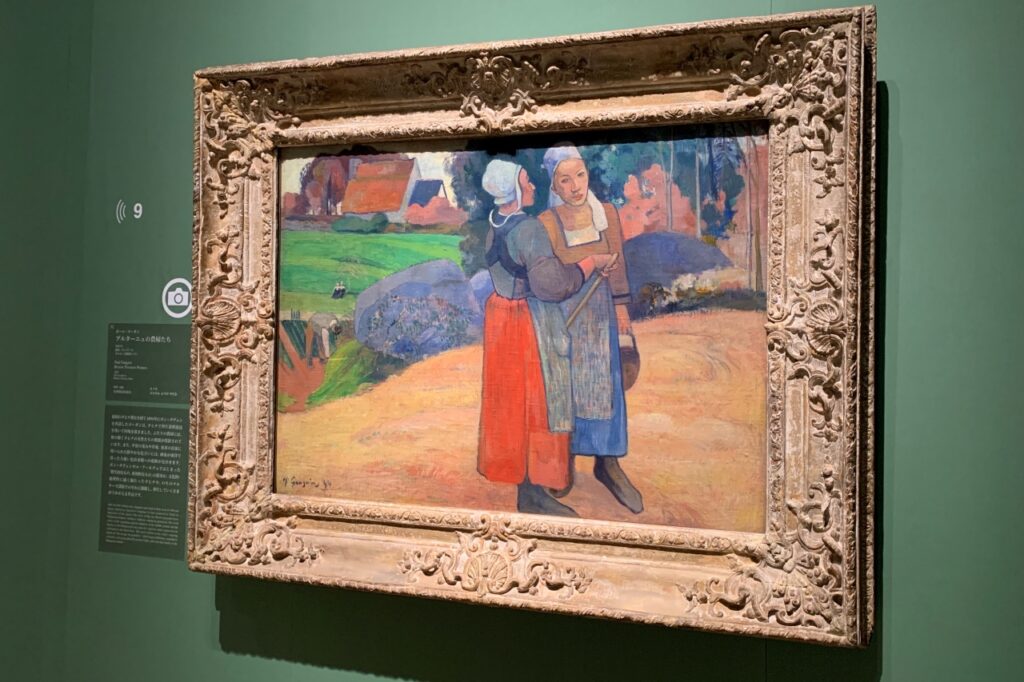
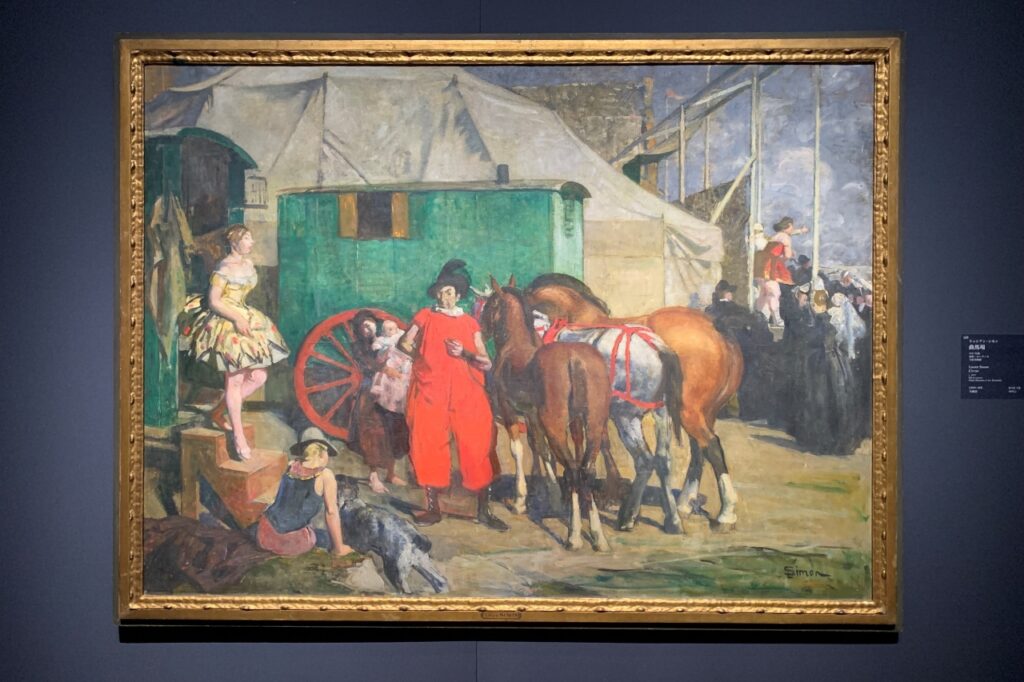
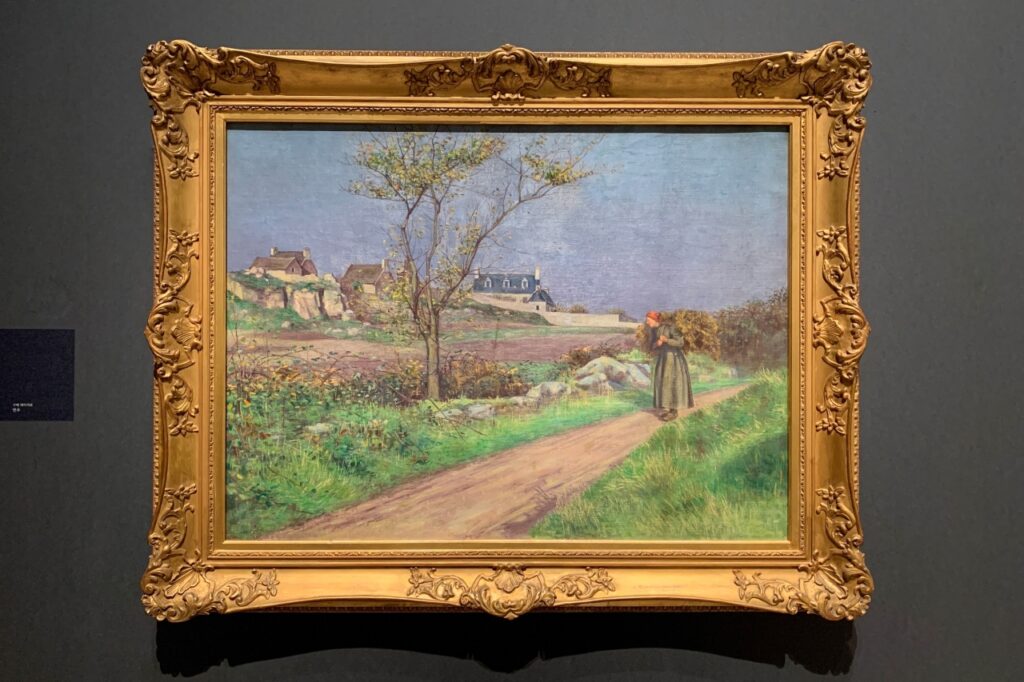
What is “Brittany”, the inner country of France that artists around the world admired?
The varied and majestic nature, ancient megalithic remains, medieval and early-modern Christian monuments, and the simple and religious lifestyle of the people who speak the Celtic language of Breton. The Brittany region, which is located in the northwest of France and has a peninsula protruding into the Atlantic Ocean, was independent as the Kingdom of Brittany until the 16th century.
A “foreign country” within France that has preserved its unique landscape and culture even after being annexed by France. With the advent of Romanticism in the 19th century, many artists seeking new themes set their sights on Brittany.
In this exhibition, “Brittany, the Land of Admiration – Seen by Monet, Gauguin, Seiki Kuroda, and Others”, we focus on the period from the late 19th century to the early 20th century that fascinated painters, including paintings, drawings, prints, About 160 items such as posters will be exhibited. We are exploring what each painter sought and found in this foreign land. The works on display were collected from more than 30 collections in Japan and two overseas museums.
Chapter 1 “Brittany Found: A Journey to a Foreign Country”
The exhibition consists of four chapters.
Chapter 1, “Brittany Discovered: A Journey to a Foreign Country,” explores what images of Brittany have been popularized by Romantic painters since they “discovered” Brittany in the early 19th century. It introduces works born out of the trend of “picturesque tours” (travels to find picturesque landscapes in rural areas), including the watercolor paintings of British landscape painter William Turner.
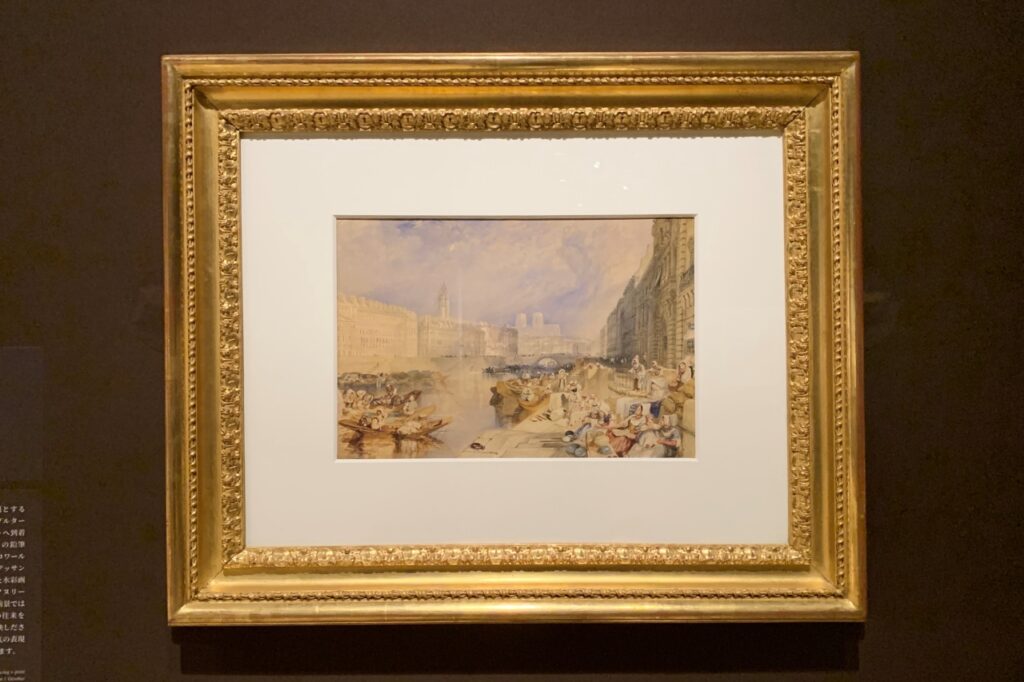
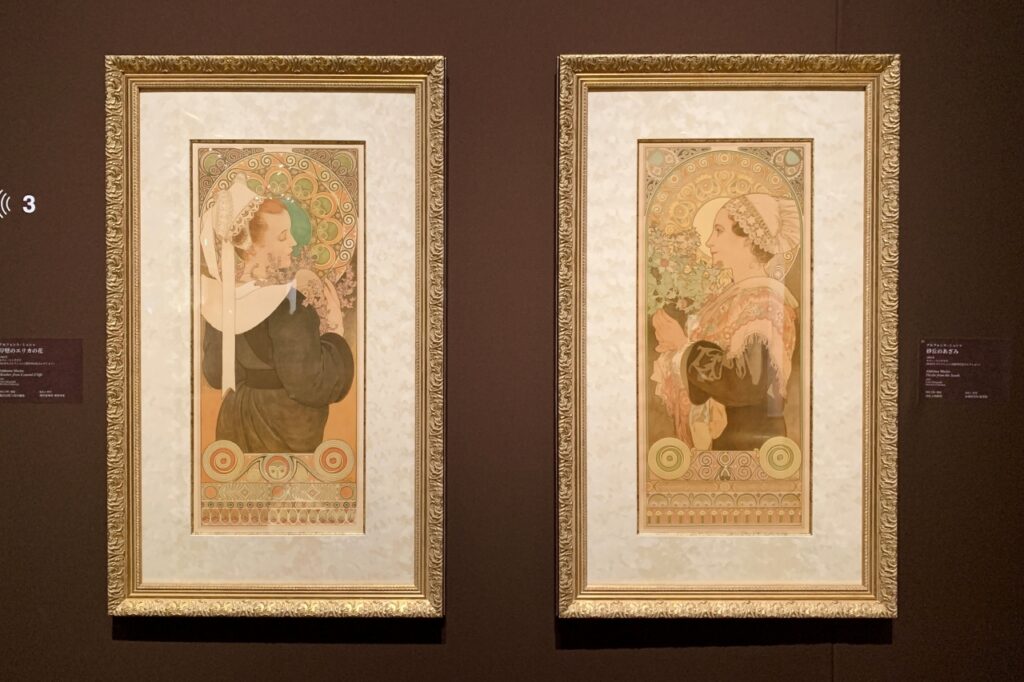
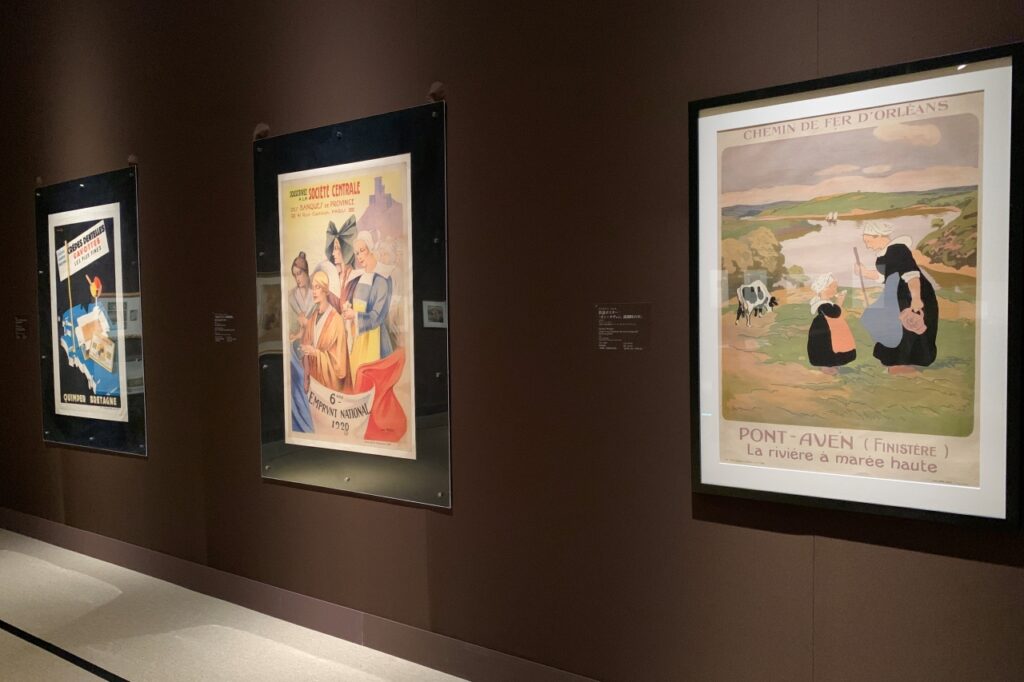
While the idealization and stylization of the exotic image of Brittany, represented by female figures wearing koif (headdress) and wearing ethnic costumes, were overflowing with posters for the masses, Eugène Boudin and Claude Monet From the works of the traveling Impressionist generation, we can see that they faced the unvarnished nature of Brittany with a sincere attitude.
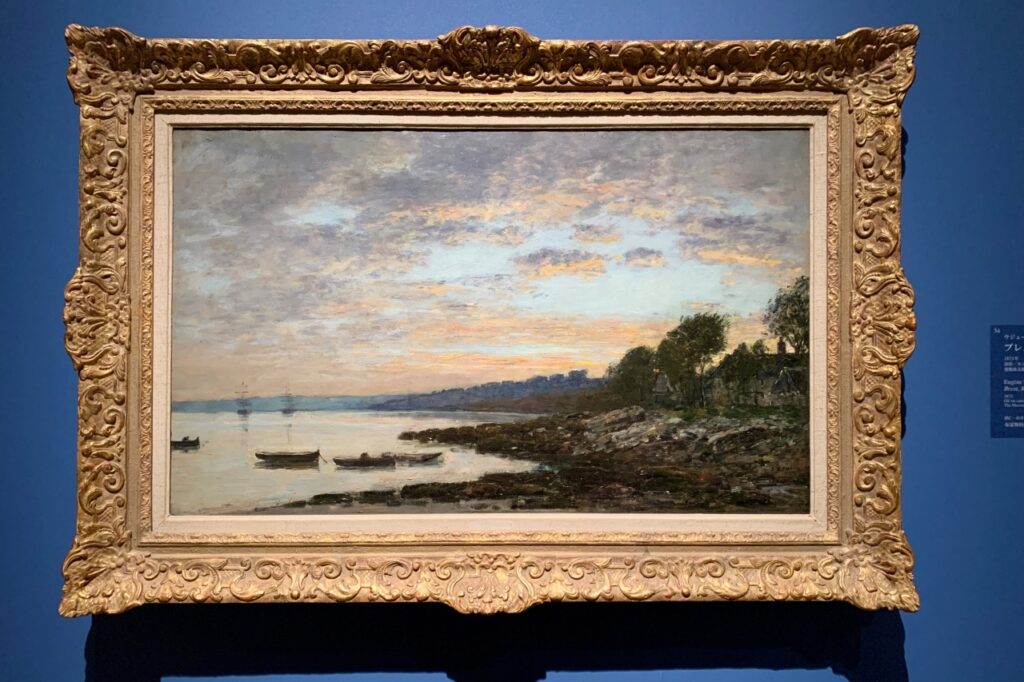
Of particular note are Monet’s Cave of Paul-Domois (1886) and Beryl of the Storm (1886).
In the fall of 1886, Monet spent two and a half months on Berrill Island, known for its wild scenery off the southern coast of the Brittany Peninsula. This is two of them.
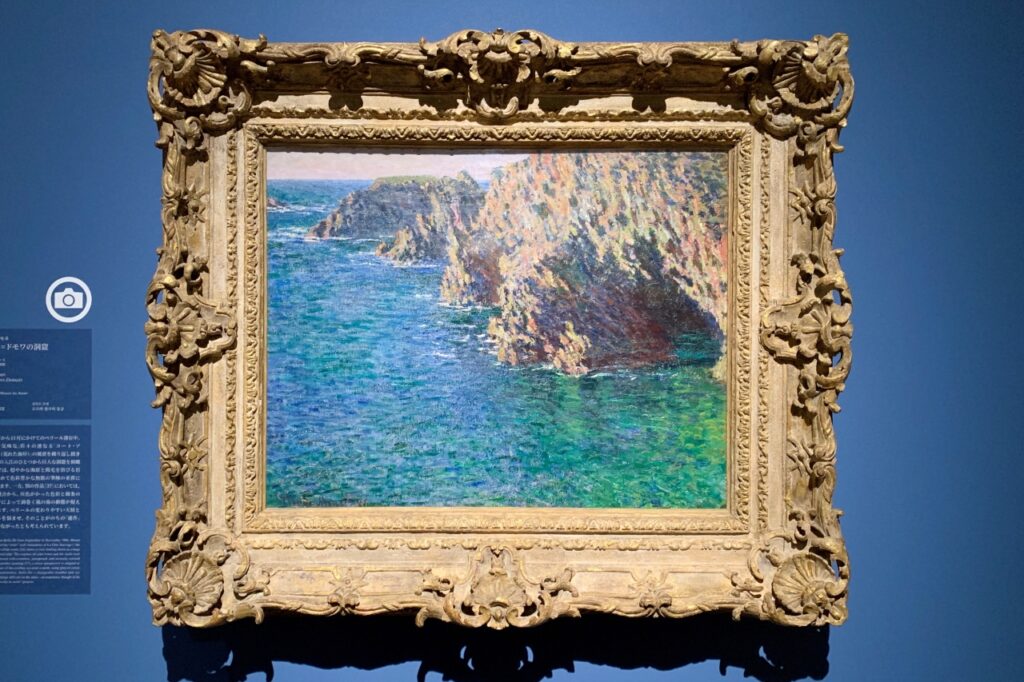
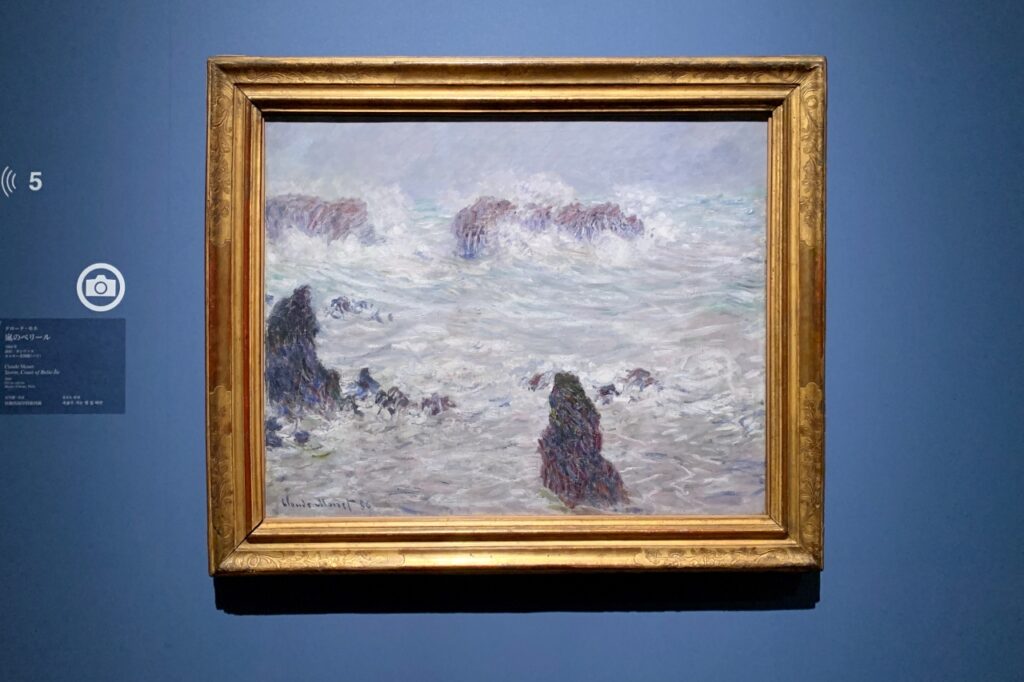
It depicts a symmetrical landscape of calm sea and stormy sea. Grotto of Paul-Domois has a gentle touch and is relatively rhythmic, but in Beryl the Storm, the brush is applied wildly, as if one’s own physical senses were possessed in a storm. It’s as if Monet’s experience is engraved in the painting, such as being there.
From the 1890s, Monet began presenting a series of paintings in an attempt to capture moments in the ever-changing light and atmosphere on canvas. It is thought that it may have been an opportunity to deepen the
Chapter 2 “Sensitivity nurtured by the climate: Gauguin, the Pont-Aven school and the spirit of the land”
Chapter 2, “Sensitivity Nurtured by the Climate: Gauguin, the School of Pont-Aven, and the Spirit of the Land,” exhibits the works of Paul Gauguin and other painters who stayed in the small village of Pont-Aven in the southwest of Brittany.
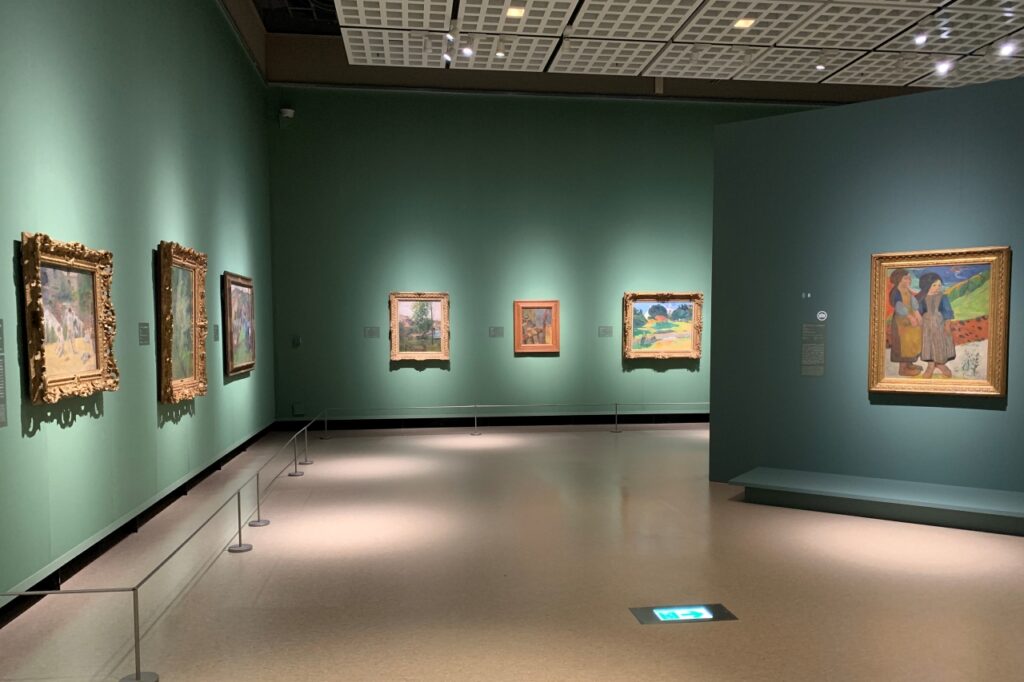
Gauguin repeatedly stayed in Brittany from 1886 to 1894 to escape the hardships of life in Paris. It seems that he deepened his thoughts on the “wild things, primitive things” he wanted.

There are 12 works by Gauguin (10 paintings and 2 prints), which are one of the highlights of this exhibition. From Bois d’Amour’s Watermill Bathers (1886), which is arranged chronologically and retains the Impressionist style of Camille Pissarro, he uses simplified forms and colors to depict the real world and inner images. I was able to trace the transition of his style, such as Brittany Girls Standing by the Sea (1889), which shows the maturity of the synthesisist style integrated above.
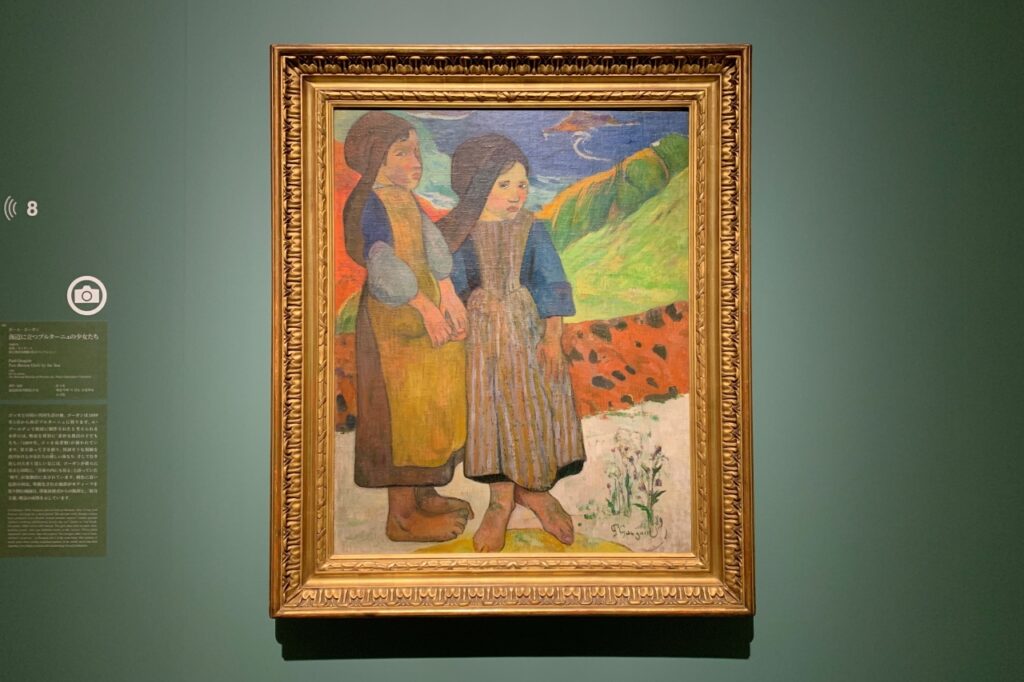
“Brittany Girls Standing on the Seashore” depicts two girls holding hands and staring at the painter. The “wild and primitive things” that Gauguin himself was trying to find in this land are reflected in the figures of peasant children who endure labor and poverty, such as their strong, big legs and simple clothes. It is represented symbolically in a hypothetical form.
Chapter 3 “Taking Roots in the Land: Painters Who Continued to Stare at Brittany”
In Chapter 3, “Putting Roots in the Land: Painters Who Continued to Observe Brittany,” Brittany became a tourist destination and a resort area from the end of the 19th century to the beginning of the 20th century. Pay attention to the painter who made it his hometown.

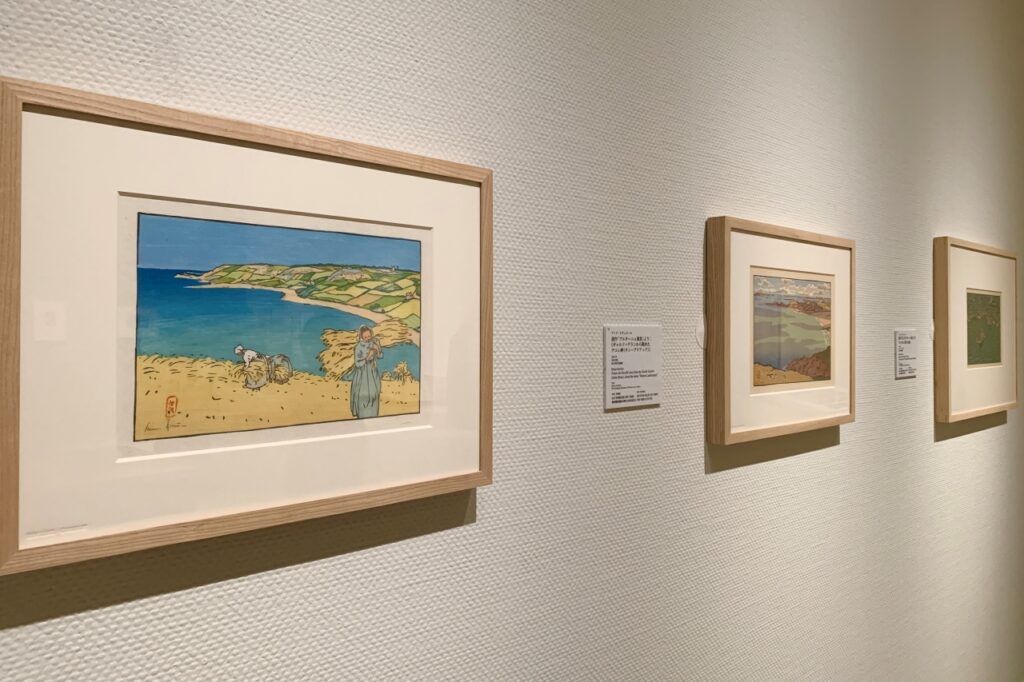
Inspired by ukiyo-e woodblock prints, Henri Riviere, who was a driving force behind fin-de-siècle Japonisme, taught himself to produce multicolored woodblock prints. Did Rivière project an image of another “foreign country”, Japan, into the idyllic scene of Brittany? It is interesting that he translated Brittany into Japanese and drew it as if it were in Japan.
A comprehensive series of 40 woodblock prints, Landscapes of Brittany , produced between 1890 and 1894, is not only eye-catching with its delicate color gradation, but also has a composition reminiscent of Hokusai. It felt familiar somehow.
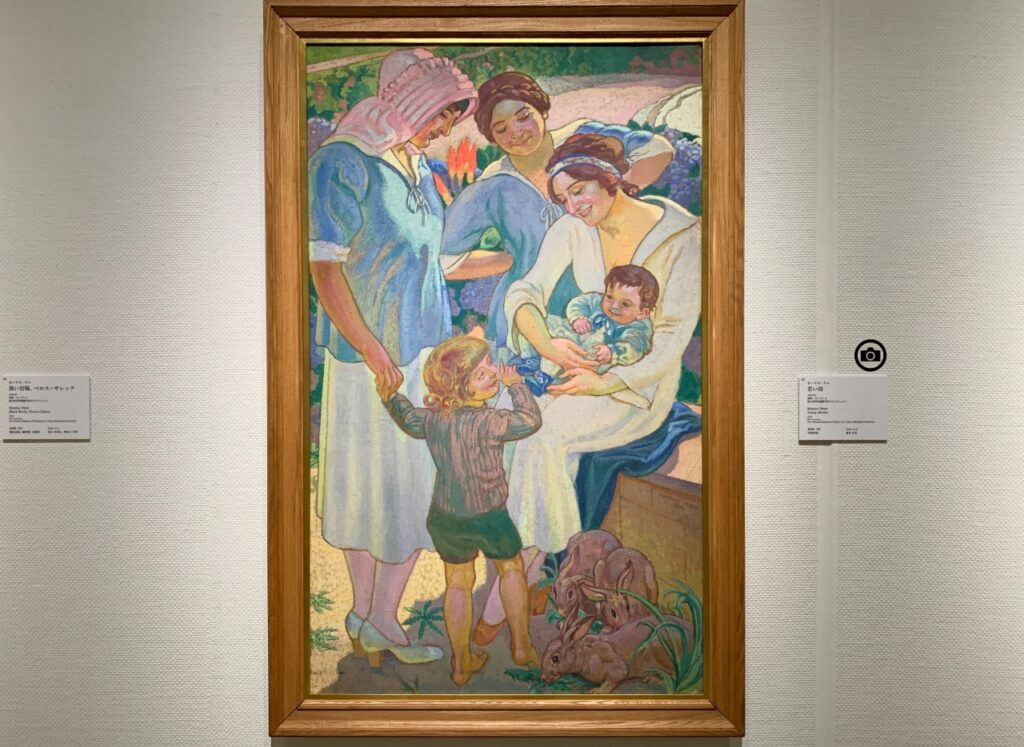
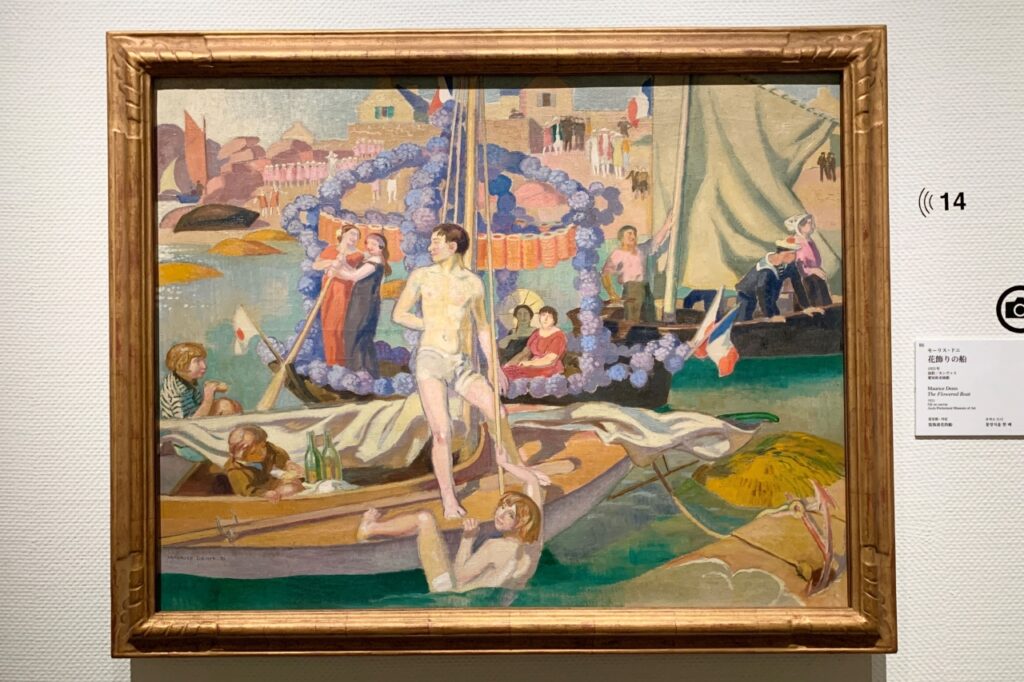
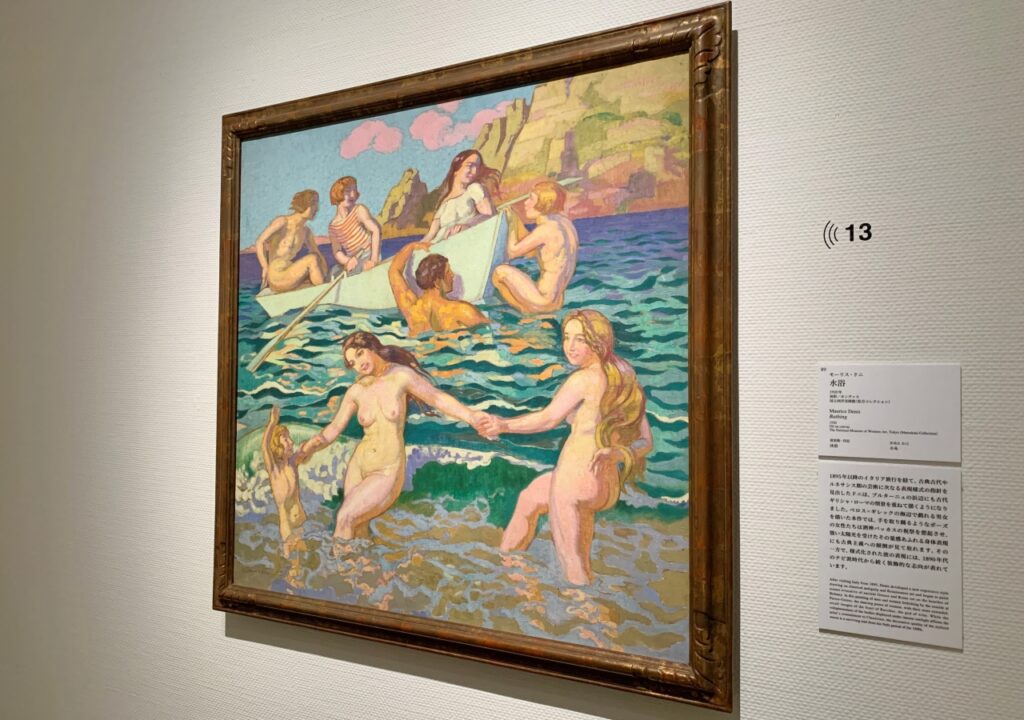
Maurice Denis, who founded the Nabis school, was a painter who focused on the promotion of religious art, and because he was a devout Christian, he is said to have resonated with the spiritual climate of Brittany, which was deeply rooted in faith. In the exhibition, works such as Young Mother (1919), which depict a family living in Brittany in accordance with Christian iconographic traditions, caught my attention.
Also, from the image of paradise on earth where reality and fiction overlap, such as Bathing (1920), which projected the sea of ancient Greece on the coast of Brittany, the influence of classicism, which he fell in love with after his repeated trips to Italy after 1895. You can feel
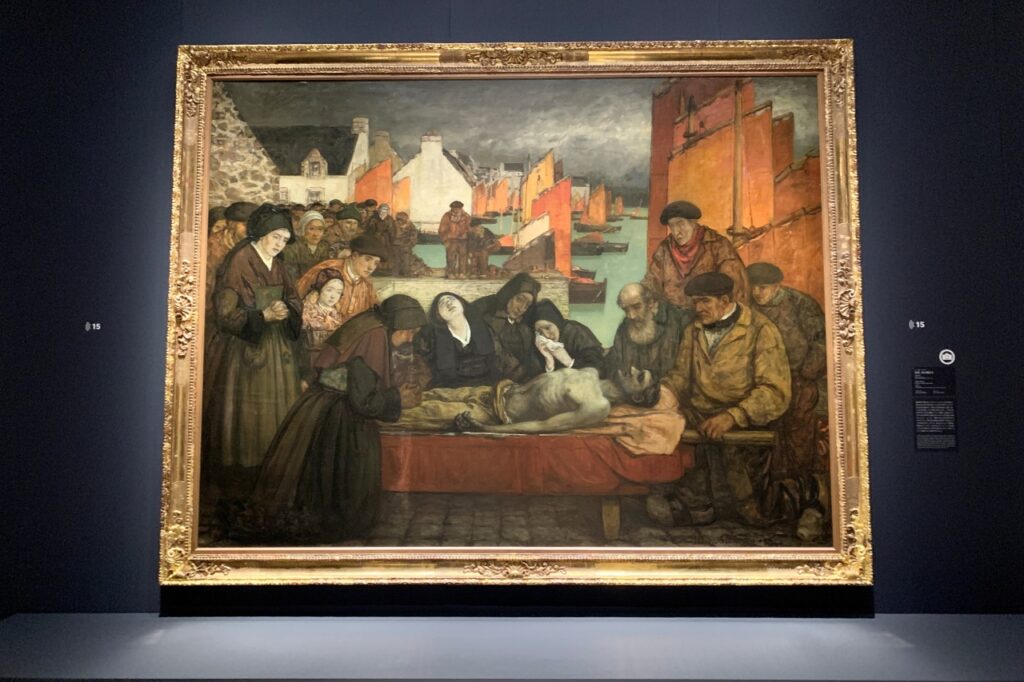
In contrast to Denis’s bright and blissful scenery, the next exhibition presents a heavy use of black by the band noir (black group), a group that depicts the nature and customs of Brittany in the lineage of realism. Color works follow.
Among them, Charles Cottet’s 3.5-meter-wide large work Lamentation, Victim of the Sea (1908-09) was a masterpiece. A representative work of Kotte, who has worked on many works on the theme of the tragedy of the sea and people who endure the harshness of nature. At the wharf of the Isle of Sainte in Brittany, where maritime accidents have never ceased, the islanders’ mourning for a drowned fisherman is depicted superimposed on the traditional painting of the mourning of Christ.
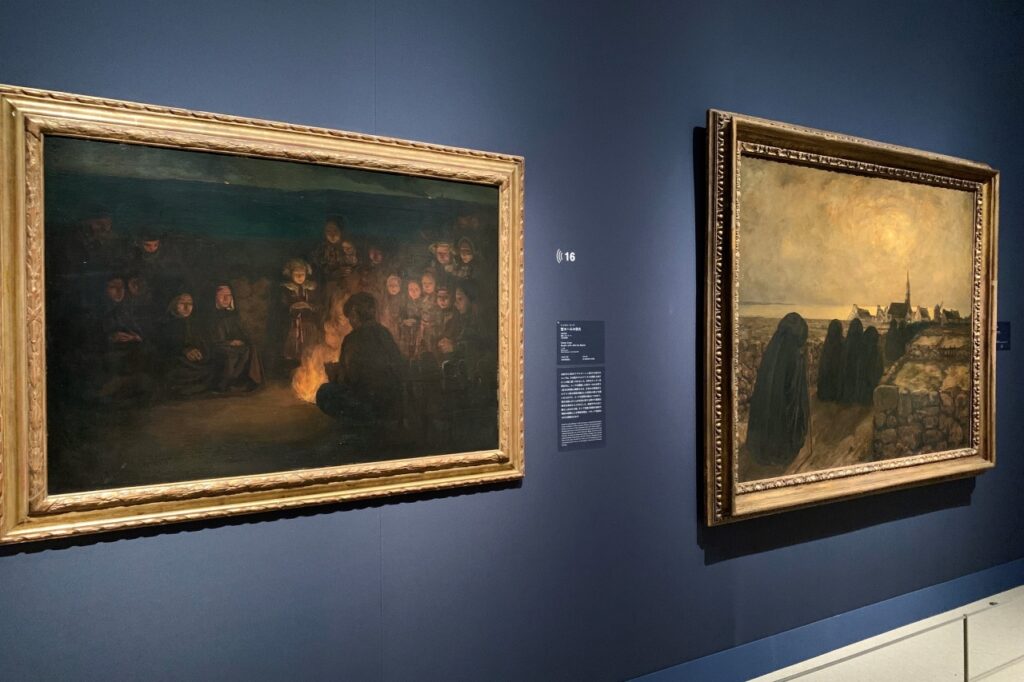
Another of Cotte’s works that left an impression on me was The Flame of St. John (c.1900), which depicts a scene of prayers offered to the dead. The expression of light and shade, reminiscent of baroque paintings, is beautiful, and the expressions of the people illuminated by the bonfire have a solemn yet slightly chilling atmosphere.
Chapter 4 “From Japan to Brittany via Paris: The Eyes of Japanese Artists”
In the final section, Chapter 4, “From Japan to Brittany via Paris: The Perspectives of Artists from Japan,” he studied abroad in Paris, an advanced city of art, from the end of the 19th century to the beginning of the 20th century (from the late Meiji period to the Taisho period). , and focused on Japanese painters who also traveled to Brittany, a “foreign country within a foreign country”.
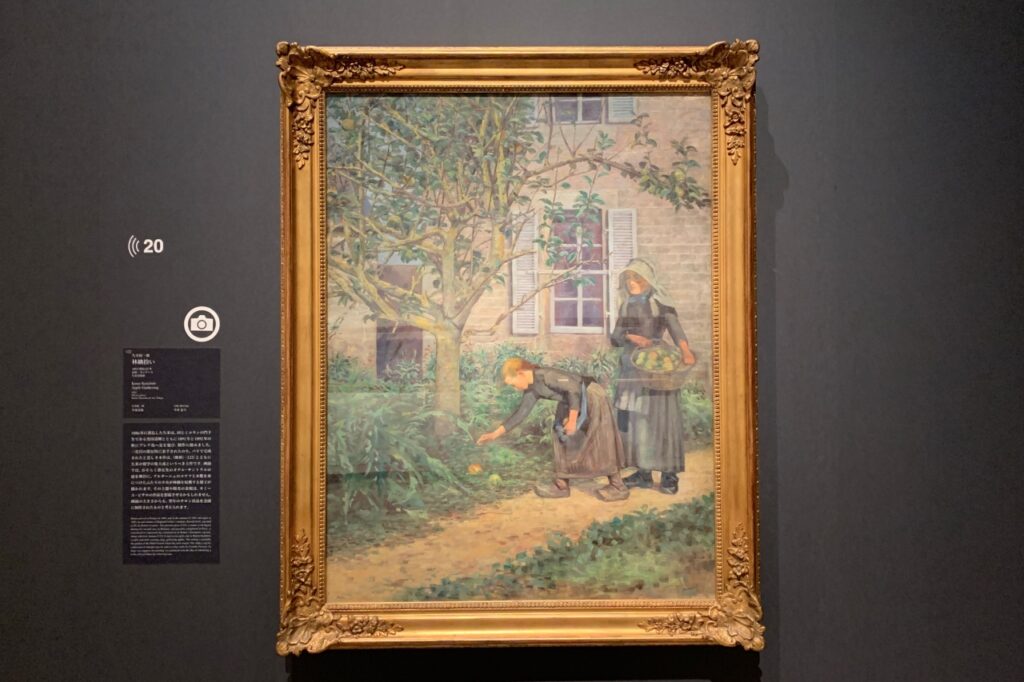

Seiki Kuroda, a leading figure in the modern Western-style painting world in Japan, was one of the first Japanese painters to visit Brittany.In 1891, he traveled to Brea Island with Keiichiro Kume before becoming a professor at the Tokyo School of Fine Arts. Kuroda’s Girl from Brecha (1891) is depicted with her hair down, which is unusual for a Brittany girl. The bright and dark contrasts in Rembrandt-style interiors and vivid color contrasts are eye-catching.
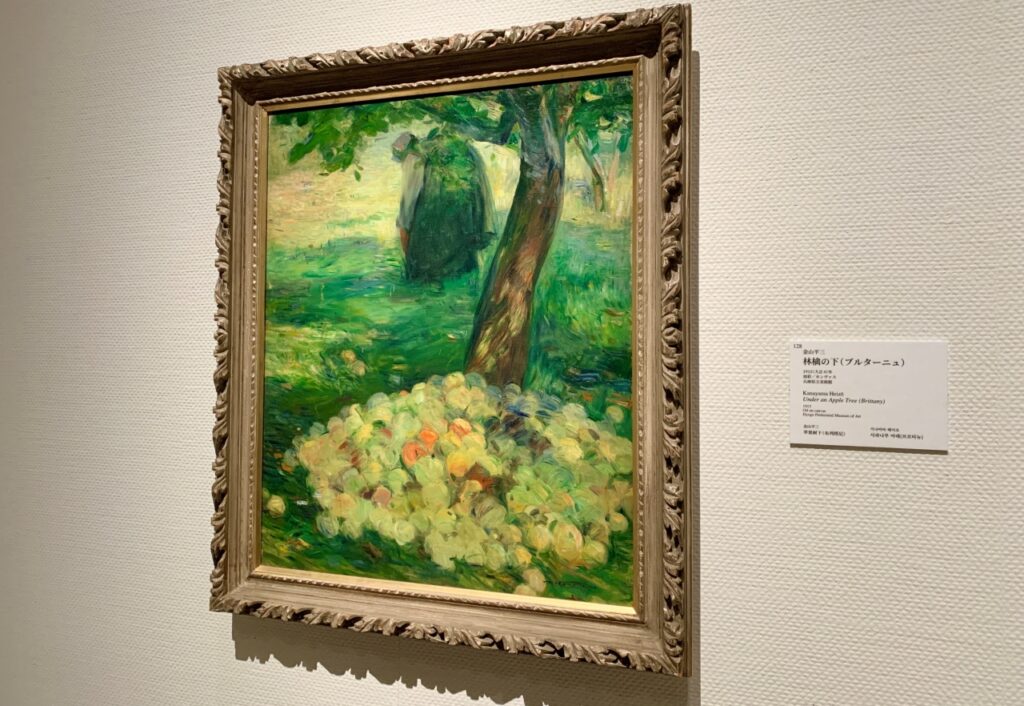
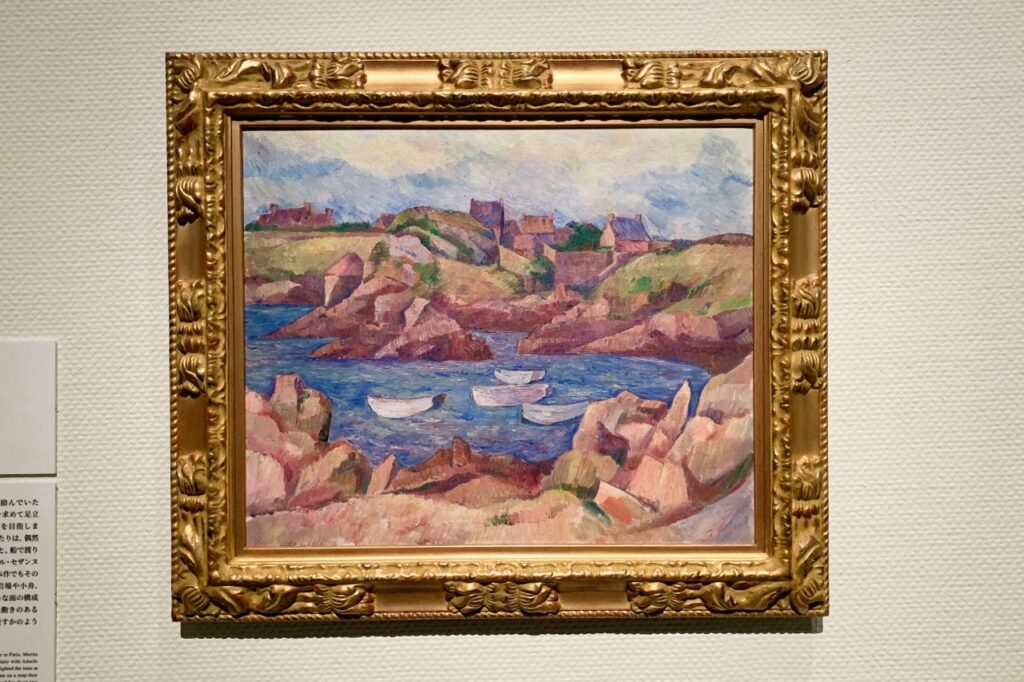
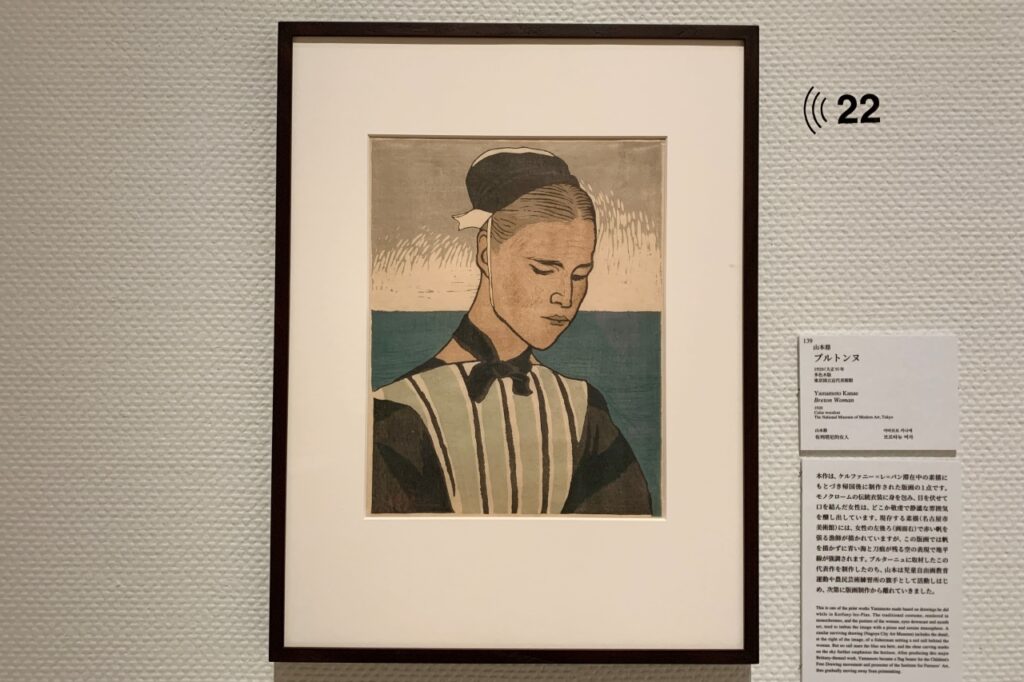
Kanae Yamamoto, who contributed to the popularization of creative prints, was one of the people who visited Brittany. “Bretonne” (1920), well-known as an image of a Japanese painter’s research in Brittany, is a woodblock print completed after returning to Japan based on sketches during his stay. The screen composition that emphasizes the horizon with a simple background that matches the sketch, and the calm blue and black color tone create the tranquil atmosphere of the iconic Brittany woman.
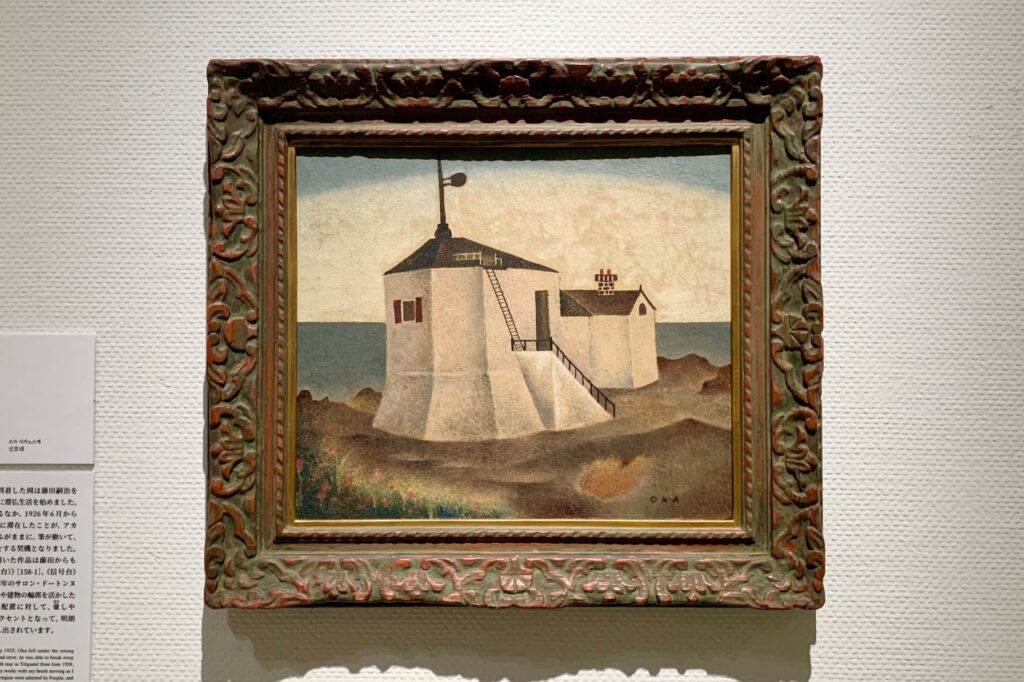
Related materials such as guidebooks and trunks were also exhibited at the venue, and it was a fun point that I felt like traveling to Brittany through those materials and works.
Various artists from both the West and the East are working on one big theme, Brittany, but what they saw in this foreign land and what kind of approach they took were completely different. A painter who stared at the beauty of the scenery of Brittany and envisioned paradise, and a painter who sublimated the harsh realities of poverty and maritime accidents into his works. It was an ambitious exhibition that once again shed light on the individuality of each artist.
The event will be held until June 11, 2023 (Sun).
Overview of “Brittany, the Land of Admiration: A Country Seen by Monet, Gauguin, Seiki Kuroda, and Others”
| exhibition period | March 18 (Sat) – June 11 (Sun), 2023 |
| venue | National Museum of Western Art |
| Opening hours | 9:30-17:30 (until 20:00 on Fridays and Saturdays) *Open until 20:00 on May 1 (Mon), 2 (Tue), 3 (Wed/Holiday), and 4 (Thu/Holiday) *Last admission 30 minutes before closing |
| closing day | Mondays *Except May 1st (Monday) |
| viewing fee | General 2,100 yen, university students 1,500 yen, high school students 1,100 yen
※Junior high school students and younger, people with physical and mental disabilities and one attendant are free of charge. No need to purchase a ticket or make a reservation for a specific date and time. For other details, please check the official page . |
| organizer | National Museum of Western Art, TBS, Yomiuri Shimbun |
| patronage | Embassy of France in Japan/Institut Francais Japan, TBS Radio |
| inquiry | 050-5541-8600 (Hello Dial) |
| Official site | https://bretagne2023.jp/ |
Article provided by: kokosil Ueno


